
E-mail mais inteligente, negócios mais rápidos. Marque, analise e responda automaticamente a RFQs, cotações, pedidos e muito mais — instantaneamente.
Veja em ação
Tendências
Categories
Notícias de aviação. Desenvolvido com IA.
Verificado pela ePlane AI
A IA verifica os fatos de cada história antes de publicá-la.
Últimas notícias
Notícias em alta
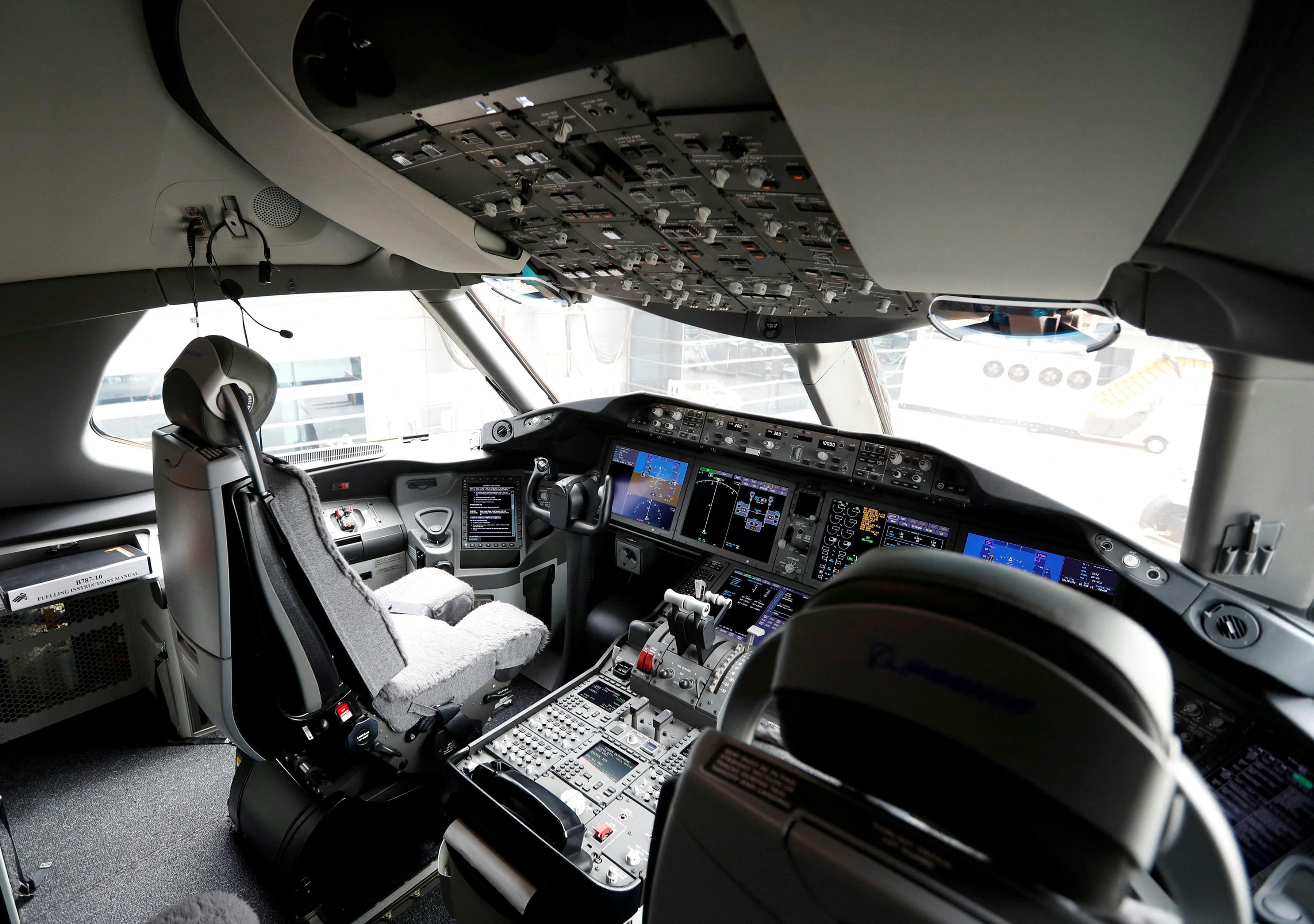
US Expert: Boeing 787 Experienced Fuel Switch Cut-Off in 2019; Japanese Pilots Did Not Intervene
US Expert Highlights Fuel Switch Cut-Off in 2019 Boeing 787 Incident; Japanese Pilots Did Not Intervene
A preliminary investigation into the Air India AI 171 crash in Ahmedabad has renewed focus on the Boeing 787’s fuel switch system. India’s Aircraft Accident Investigation Bureau (AAIB) reported that the fuel switch had shifted from the “Run” to the “Cutoff” position prior to the crash. The 15-page report, released this week, included a paraphrased exchange between Captain Sumeet Sabharwal and First Officer Clive Kunder, in which one pilot questioned the other about cutting off the fuel supply. Both pilots denied any deliberate action to do so. Shortly thereafter, a Mayday call was issued, and the aircraft crashed into a hostel for medical students, resulting in the deaths of all on board.
The AAIB report does not clarify how or why the fuel switch moved to the “Cutoff” position, leaving open the possibility of either pilot error or mechanical malfunction. To provide further insight, FinancialExpress.com consulted Mary Schiavo, a US aviation expert, who dismissed theories of intentional pilot intervention. Schiavo emphasized the absence of evidence supporting deliberate action and called for the full release of cockpit voice recorder (CVR) transcripts to avoid misinterpretation. She stated, “There is nothing here to suggest pilot suicide or murder.”
Parallels with 2019 ANA Boeing 787 Incident
Schiavo also referenced a similar event in 2019 involving an All Nippon Airways (ANA) Boeing 787. During final approach from Tokyo to Osaka, both engines failed after the aircraft’s software erroneously detected that it was on the ground. This triggered the Thrust Control Malfunction Accommodation System, which cut fuel to the engines. According to Schiavo, the pilots did not engage the fuel cutoff switches. The malfunction was ultimately traced to a software glitch rather than human error. The ANA flight, carrying 109 passengers and 9 crew members, landed safely without injuries.
Regulatory Response and Ongoing Investigations
The Air India crash has intensified scrutiny of Boeing’s fuel switch mechanisms. India’s civil aviation authority has ordered inspections of cockpit fuel switches on Boeing aircraft following the AAIB’s findings. Meanwhile, the US Federal Aviation Administration (FAA) and Boeing have maintained that the fuel switch locks are safe. However, investigations continue to explore whether the Ahmedabad crash resulted from pilot action or a technical fault.
Regulatory bodies worldwide are responding to these concerns. The UK Civil Aviation Authority (CAA) issued a warning just weeks before the crash, highlighting potential issues with fuel shutoff valves on several Boeing models, including the 737, 757, 767, 777, and 787. The fuel control switches, housed within the Throttle Control Module (TCM), had been replaced on the ill-fated AI 171 aircraft in both 2019 and 2023. Despite these replacements, questions remain regarding the reliability of the locking mechanism.
The heightened regulatory scrutiny and ongoing investigations have placed significant pressure on Boeing, with potential repercussions for its market position and investor confidence. As authorities continue to determine the root cause of the AI 171 crash, the aviation industry is preparing for possible safety reviews and further regulatory measures.
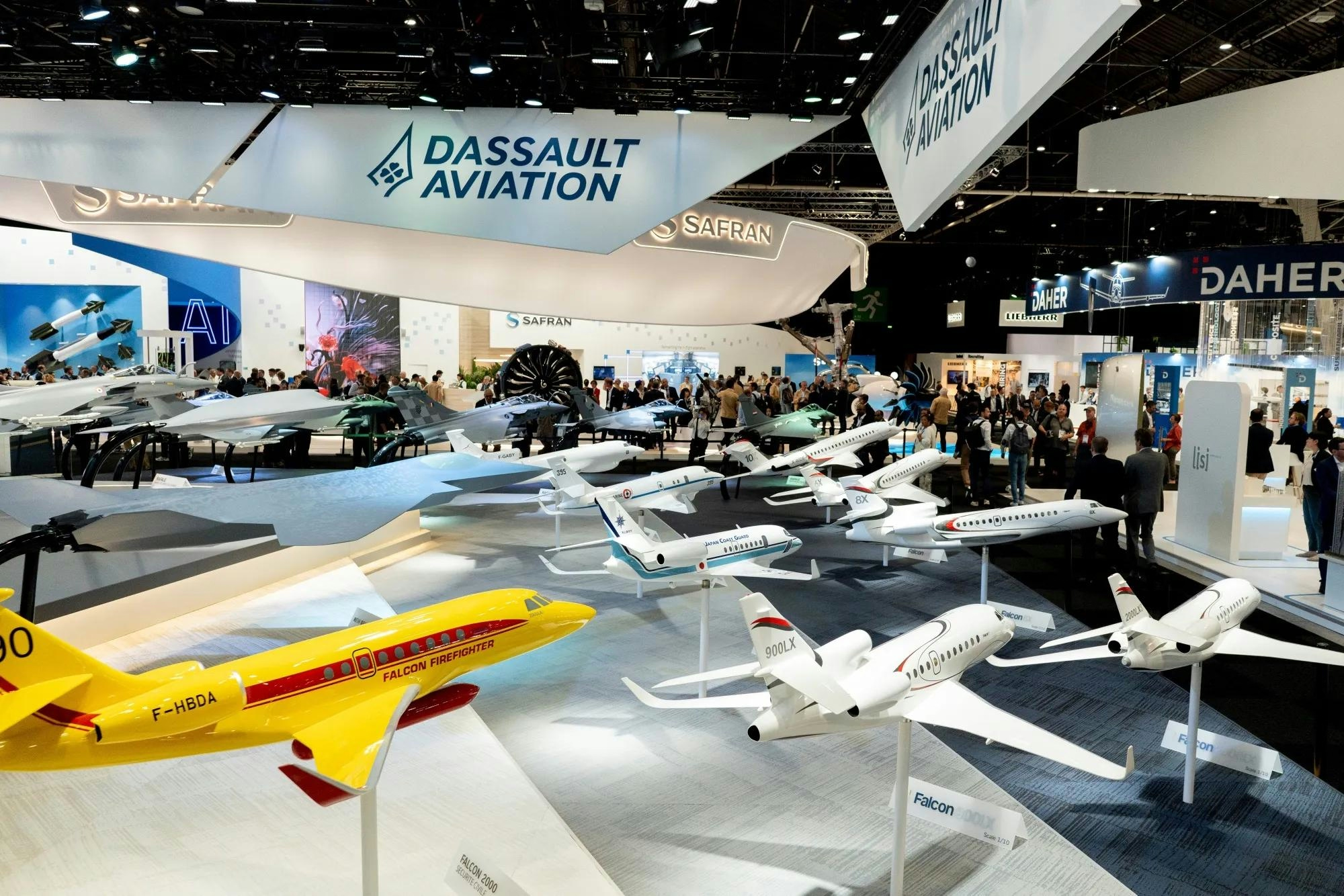
Tariff Concerns and Supply Chain Issues Impact Dassault Falcon
Tariff Concerns and Supply Chain Challenges Impact Dassault Falcon Performance
Dassault Aviation has reported a subdued performance for its Falcon business jet line in the first half of 2025, attributing the downturn to persistent supply chain disruptions and escalating concerns over potential U.S. tariffs. The French aerospace manufacturer recorded only eight Falcon jet orders during this period, a decline from 11 in the same timeframe last year, while deliveries remained steady at 12 aircraft.
Impact of U.S. Tariffs on Market Competitiveness
Chief Executive Eric Trappier emphasized the looming tariff threat as a significant factor undermining the Falcon’s competitiveness, particularly in the crucial U.S. market where Dassault faces strong competition from rivals such as Gulfstream. The U.S. government is set to impose 30% tariffs on European imports starting 1 August 2025, a development Trappier warned could severely damage Dassault’s market position. He cautioned that even lower tariff rates of 10 to 20% would render operations in the U.S. market unviable for European manufacturers, who already face inherent disadvantages compared to their American counterparts.
Dassault’s full-year guidance anticipates approximately 40 Falcon deliveries, though this forecast does not factor in the potential ramifications of U.S. tariffs or retaliatory European measures. Trappier noted that while 40 deliveries would represent a solid performance, the company could sustain itself with fewer Falcon deliveries if it increased production of its Rafale fighter jets. Nonetheless, he acknowledged that any import tax would elevate costs and place Dassault in a challenging position, despite the company’s efforts to mitigate tariff impacts by completing Falcon interiors at its facility in Little Rock, Arkansas.
Supply Chain Disruptions and Strategic Adjustments
Compounding these tariff concerns are ongoing supply chain difficulties. Trappier described persistent delays from contractors and highlighted that some suppliers are struggling to survive, undergoing restructuring or ownership changes. Although the most severe disruptions caused by the Covid-19 pandemic have largely subsided, he warned that supply chain challenges could continue for another year or two.
In response, Dassault is adjusting its production strategy by shifting some manufacturing operations to India through a joint venture. This move aims to diversify the supply chain and reduce exposure to tariff-related risks. However, the recent imposition of 50% tariffs on Canadian aluminum, effective since 4 June 2025, introduces a new complication, threatening the supply of critical materials and potentially undermining these diversification efforts.
The broader aviation industry is also reevaluating vendor networks and exploring alternative sourcing options in countries less affected by tariffs. This trend is expected to influence procurement and aircraft acquisition strategies, as competitors seek to mitigate tariff risks through supply chain diversification.
Falcon 6X Deliveries and Market Outlook
Despite these challenges, deliveries of the Falcon 6X model have increased, accounting for approximately half of all Falcon deliveries in the first half of the year and receiving positive customer feedback. However, with the Russian market closed due to sanctions and uncertainty surrounding U.S. trade relations, Trappier warned of a difficult future. He stated, “If we can’t trade with the US anymore, things are going to get really tough for us,” underscoring the critical importance of the American market to Dassault’s business jet operations.
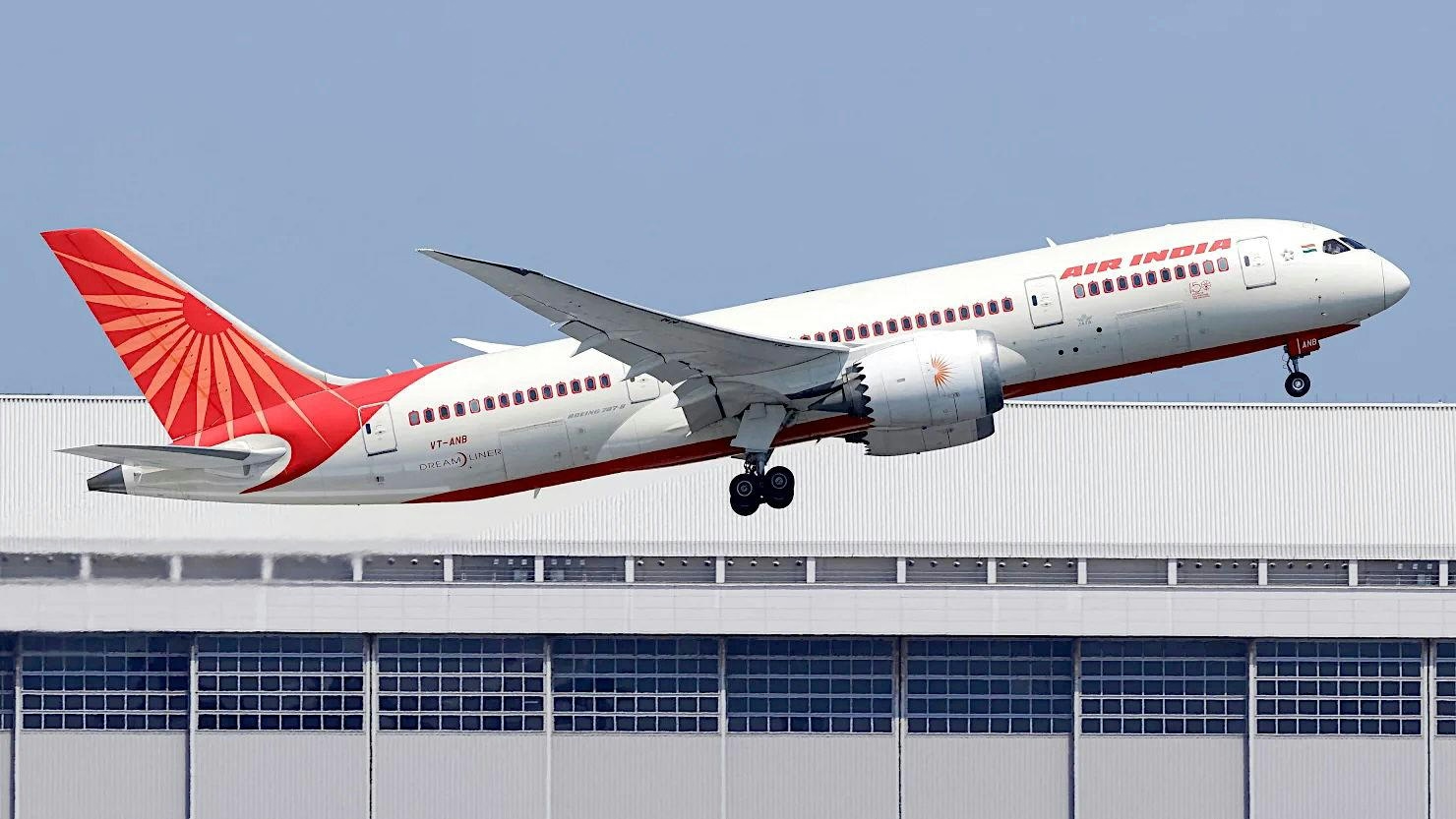
Aviation Expert: Boeing Dreamliner Software Reduced Fuel Use Twice Without Pilot Input
Aviation Expert Highlights Boeing Dreamliner Software’s Role in Fuel Cut Incidents
Aviation attorney and former US Department of Transportation Inspector General Mary Schiavo has cautioned against hastily attributing blame to pilots in the aftermath of the recent Air India crash. She underscored the significance of Boeing Dreamliner’s automated systems, which have been implicated in previous incidents involving unexpected fuel reductions without pilot intervention. Schiavo emphasized that the Boeing 787’s software is capable of independently cutting fuel to its engines, a factor that demands thorough investigation before fault is assigned.
Speaking to journalist Barkha Dutt, Schiavo noted that pilots are often blamed in approximately 75% of aviation incidents, yet many such accusations have been disproven. She described this tendency as not only unfair but overly simplistic and potentially harmful. “There are too many suspicious things to say, ‘Oh, it’s the pilots,’” she remarked, referencing earlier cases involving the same aircraft model where onboard systems autonomously reduced or cut fuel flow mid-flight.
Past Incidents and the TCMA System
Schiavo specifically cited a 2019 incident involving an All Nippon Airways (ANA) Boeing 787, where the aircraft’s system erroneously shut off fuel mid-air after mistakenly detecting that the plane had already landed. The software in question, known as the Thrust Control Malfunction Accommodation (TCMA) system, has been previously implicated in similar malfunctions. Designed to help the aircraft distinguish between flight and ground conditions, the TCMA can command the engines to reduce or cut power under certain circumstances. In the ANA case, the system’s premature fuel cutoff forced the plane to glide heavily to the runway. Fortunately, the incident occurred during landing rather than takeoff, preventing a crash.
Schiavo also referenced a more recent United Airlines Dreamliner flight from Washington, D.C., to Nigeria, where the aircraft reportedly entered a nose dive due to thrust and engine issues, again raising concerns about the behavior of automated systems.
Implications for Boeing and the Aviation Industry
The TCMA system, mandated by the US Federal Aviation Administration (FAA), lies at the heart of these concerns. Schiavo warned that errors by such automated protocols can have dire consequences, particularly during critical phases like takeoff when pilots have only seconds to react. These revelations come amid heightened scrutiny of Boeing, which is already grappling with a series of safety and production challenges.
The Air India crash has intensified regulatory and public attention, prompting increased inspections of Boeing 787 aircraft operated by Air India and causing flight delays and cancellations. The incident has also sparked broader questions regarding cockpit confusion, fuel management, and the reliability of automated systems, all of which are influencing perceptions of the Dreamliner’s safety.
Meanwhile, Boeing’s competitors are leveraging the situation to highlight their own advancements in software and integrated control technologies, positioning safety features as a key competitive advantage. As Boeing seeks to restore confidence in its flagship aircraft, experts like Schiavo stress the necessity of a comprehensive investigation that carefully weighs both human and technological factors before drawing conclusions.
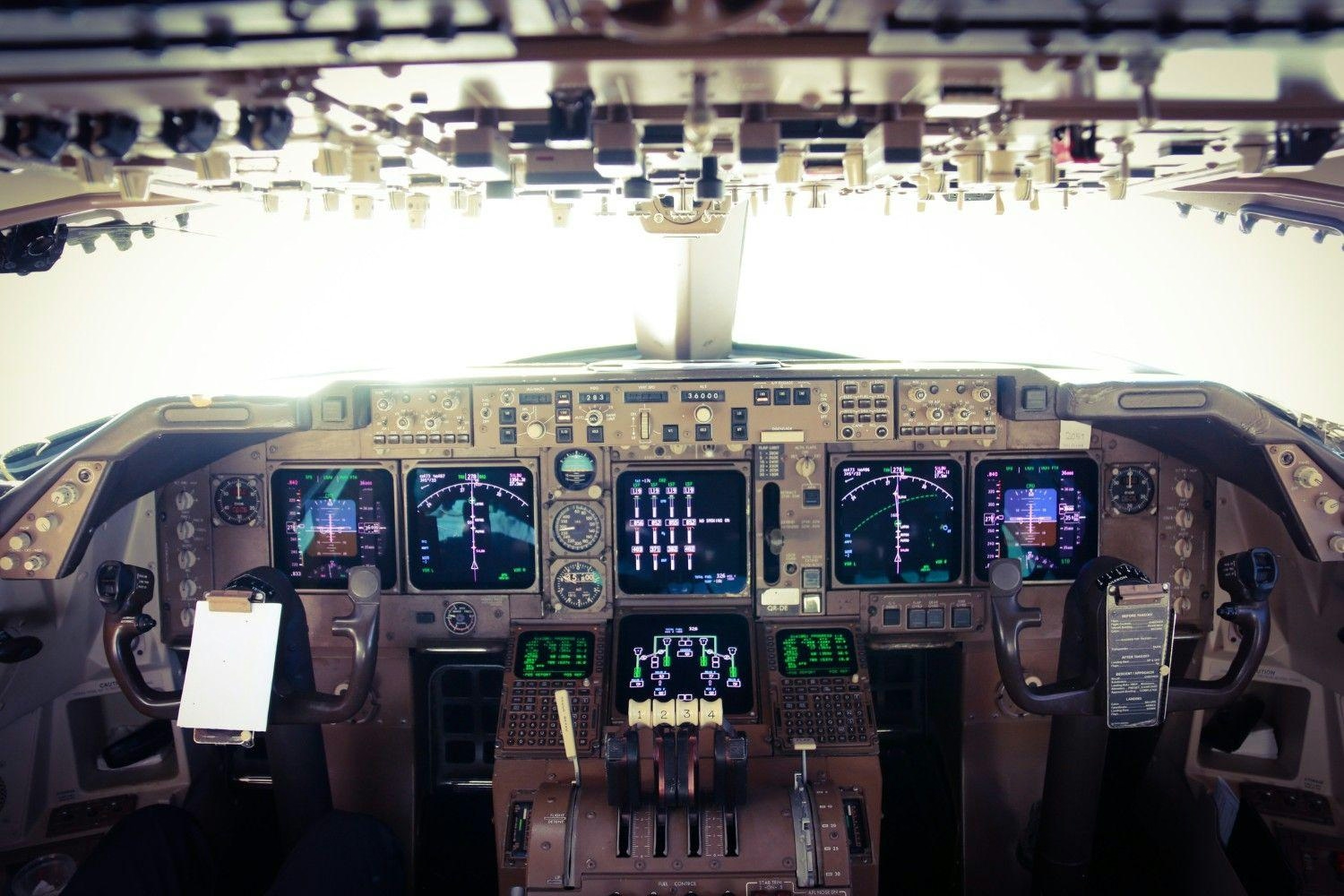
Air India Engine Shutdown: Pilots’ Body Explains FADEC Fuel Cut-Off Theory
Air India Engine Shutdown: Pilots’ Body Highlights FADEC Fuel Cut-Off Theory
Emerging Theories on Engine Failure
The Aircraft Accident Investigation Bureau (AAIB) has suggested that a possible fuel switch error may have caused the catastrophic engine failure on Air India Flight 171. However, new perspectives are focusing on the aircraft’s advanced electronic systems, particularly the Full Authority Digital Engine Control (FADEC), as a potential factor in the incident. Preliminary reports indicate that the crash was initiated by the sudden movement of fuel-control switches to the "cut-off" position, which resulted in both engines being starved of fuel. Cockpit voice recordings reveal that the captain may have cut the fuel flow while the first officer was at the controls. Despite these findings, the Federation of Indian Pilots (FIP) has urged caution against attributing blame to the crew based on early assumptions, emphasizing the need to consider all possible technical causes.
The Role of FADEC and Related Systems
At the heart of the latest theory is the FADEC system, often described as the "brain" of modern aircraft such as the Boeing 787. FADEC is responsible for monitoring and managing critical engine functions, including fuel flow and engine speed, and it has the capability to override pilot commands based on sensor inputs. This system operates in conjunction with the Electronic Engine Controller (EEC) and the Thrust Control Malfunction Accommodation (TCMA) systems. The FIP has raised concerns that a malfunction within these interconnected systems—potentially triggered by faulty sensor data—could have caused FADEC to shut down both engines without any manual input from the crew. This possibility challenges the initial narrative by suggesting that the engine failure may have led to an automatic movement of the fuel switches to the cut-off position, rather than a manual error by the pilots.
Expert Insights and Calls for Thorough Investigation
Aviation attorney Mary Schiavo, speaking to FinancialExpress.com, underscored concerns regarding the TCMA system, which informs FADEC whether the aircraft is on the ground or airborne. She referenced previous incidents, including a 2019 All Nippon Airways (ANA) Boeing 787 flight where FADEC triggered a dual engine shutdown due to erroneous sensor input. Schiavo also mentioned an ongoing investigation into a 2025 United Airlines 787 incident involving uncommanded dives, believed to be linked to software or computer malfunctions. In light of these concerns, the FIP has called for a comprehensive reassessment of the roles played by FADEC, EEC, and TCMA malfunctions in the Air India crash. The pilots’ association is urging investigators to meticulously analyze data from the Flight Data Recorder (FDR), Cockpit Voice Recorder (CVR), and relevant Boeing service bulletins before reaching any conclusions.
In response to the preliminary findings, India’s aviation regulator has mandated inspections of Boeing fuel switches across airline fleets. Meanwhile, families of the victims continue to seek detailed answers as the investigation unfolds. The FIP stresses the importance of a thorough and impartial inquiry, cautioning against premature judgments regarding crew actions until all technical possibilities have been fully examined.
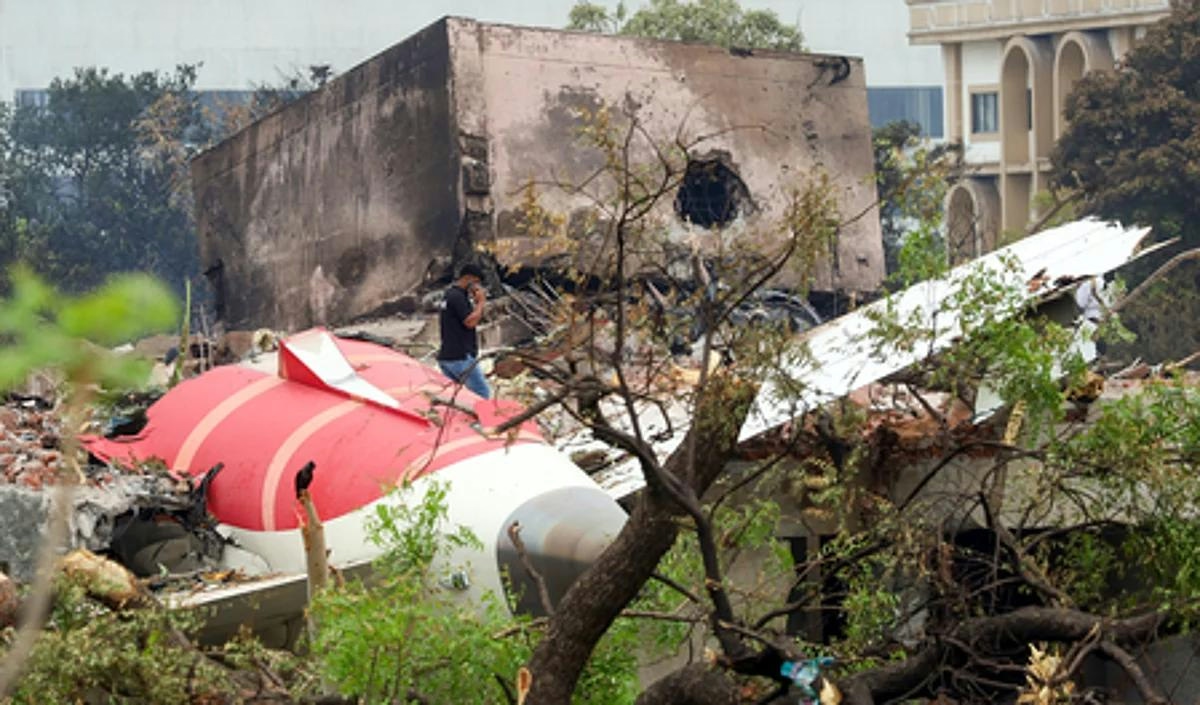
Call to Release Full Transcript of AI Flight 171 Audio Recording
Call for Full Disclosure of AI Flight 171 Cockpit Audio Transcript
The recent incident involving AI Flight 171 has ignited a contentious debate, particularly following strong objections from the Indian pilots’ association. The association criticized the preliminary report for what it described as unfair insinuations against the flight crew. Concurrently, certain Western media outlets have speculated about possible confusion in the cockpit, implying pilot error as a contributing factor. The Aircraft Accident Investigation Bureau (AAIB), in its initial findings, appeared to suggest this possibility but refrained from making explicit accusations. Notably, the AAIB’s report included only two paraphrased sentences from the pilots’ cockpit exchange, omitting the full audio transcript and raising significant concerns about transparency.
Unresolved Operational Details and Safety Concerns
Critical details surrounding the incident remain unclear. First officer Clive Kunder, aged 32, was at the controls during the event, with the pilot-in-command, Sumeet Sabharwal, 56, overseeing operations. It has not been established which pilot questioned the other regarding the shutdown of the fuel switches. The first fuel switch was turned off at 1:38:42 pm, but the crew took approximately ten seconds to reactivate it—a delay that has attracted scrutiny. Furthermore, the fuel supply to the second engine was restored four seconds after the first, rather than simultaneously. While the first engine responded promptly, the second continued to experience difficulties. These operational uncertainties are compounded by prior concerns raised by the US Federal Aviation Administration (FAA), which had flagged potential issues with Boeing’s fuel switch locking mechanism as early as 2018. The maintenance history of the fuel switches on this specific aircraft remains undisclosed.
Calls for Transparency Amid Ongoing Investigation
There is a growing demand for the AAIB to release the full transcript of the cockpit audio. Advocates argue that only complete transparency can dispel suspicions that the preliminary report was crafted to assign blame to the pilots, who tragically cannot defend themselves. Full disclosure is also seen as essential to provide some measure of closure to the victims’ families, even as the final investigation report may take up to a year to be completed.
However, the release of the full transcript presents challenges. The investigation remains active, and legal considerations may restrict the immediate publication of sensitive audio recordings. Beyond legalities, the aviation industry is closely monitoring Air India’s response, with heightened scrutiny on its operational protocols and safety standards. Rival airlines are reportedly reviewing their own safety procedures and may increase pressure on Air India to demonstrate full transparency.
At present, no definitive conclusions have been drawn regarding the cause of the crash. The insistence on releasing the full cockpit transcript highlights the broader imperative for openness and accountability, both to ensure a fair investigation and to restore public confidence in aviation safety.
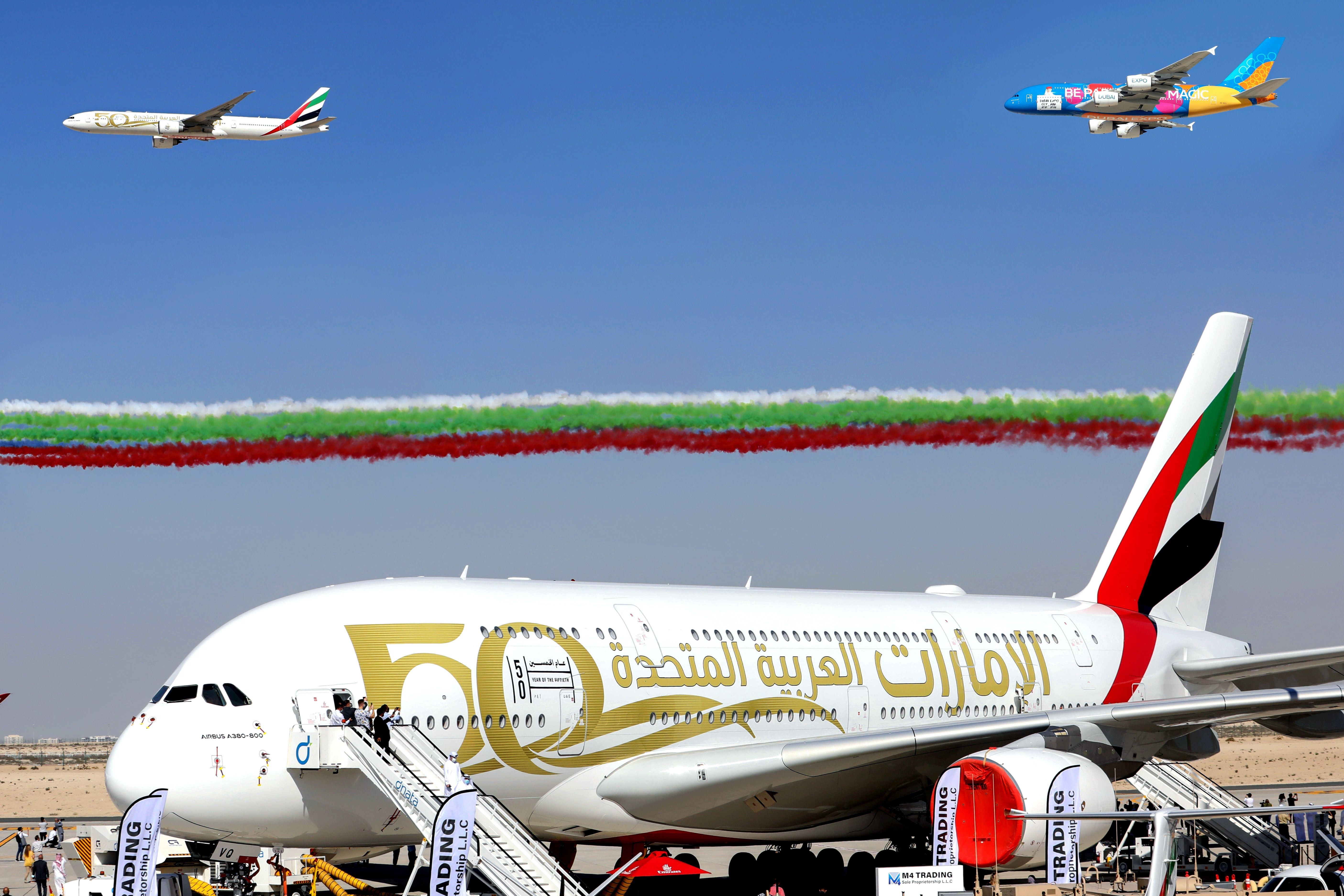
How the Boeing 777-300ER Compares to the Airbus A380 in Size
How the Boeing 777-300ER Compares to the Airbus A380 in Size
When discussing the largest commercial aircraft in operation today, the Boeing 777-300ER and the Airbus A380 are the two dominant models. Each represents a significant achievement in aerospace engineering but caters to different operational needs and market demands. Their differences in size, passenger capacity, and intended use highlight the distinct roles they play within global aviation.
Size and Capacity: A Detailed Comparison
The Airbus A380 holds the distinction of being the largest passenger airliner ever constructed. Its unique double-deck design enables it to accommodate up to 853 passengers in an all-economy configuration, or approximately 575 passengers in a more typical three-class layout. By contrast, the Boeing 777-300ER, the largest variant within the 777 family, can seat a maximum of 550 passengers in a high-density arrangement, though it more commonly carries around 396 passengers in a three-class configuration.
Physically, the A380 exceeds the 777-300ER in nearly every dimension except length. The 777-300ER measures 242 feet 4 inches (73.9 meters) in length, slightly longer than the A380’s 238 feet 7 inches (72.7 meters). However, the A380’s wingspan extends to 261 feet 8 inches (79.8 meters), significantly wider than the 777-300ER’s 212 feet 7 inches (64.8 meters). The A380 also stands taller at 79 feet (24.1 meters), compared to the 777-300ER’s height of 61 feet (18.5 meters). In terms of maximum takeoff weight, the A380’s 1,234,600 pounds (560,000 kilograms) far surpasses the 777-300ER’s 775,000 pounds (351,534 kilograms). These dimensions underscore the A380’s dominance in size and capacity, despite the 777-300ER’s advantage in length.
Operational Roles and Market Positioning
The Boeing 777-300ER was engineered to serve long-haul routes with a focus on operational efficiency and flexibility. Its twin-engine design allows it to operate from a broader range of airports, including those unable to accommodate the larger A380. This versatility, combined with lower operating costs and a moderate passenger capacity, makes the 777-300ER a preferred choice for airlines seeking to balance capacity with economic performance.
Conversely, the Airbus A380 was developed to maximize passenger volume on high-density international routes, primarily connecting major global hubs. Its immense size necessitates specialized airport infrastructure, limiting the number of airports capable of handling the aircraft. Nevertheless, the A380 remains a favored option for carriers aiming to transport large numbers of passengers efficiently on heavily trafficked routes.
Industry Response and Future Developments
The market’s response to these aircraft reflects their strategic roles within the aviation sector. Emirates, the largest operator of the A380, continues to invest in the superjumbo, with plans to upgrade its first-class suites and extend the aircraft’s operational lifespan through 2040. The airline has also expressed interest in Boeing’s developments, including visits to Boeing’s assembly facilities to monitor progress.
Meanwhile, other airlines are reassessing their fleet compositions. Kenya Airways, for example, is considering reintroducing the 777-300ER alongside exploring the Boeing 737 MAX, demonstrating the ongoing relevance of the 777 family. In response to Boeing’s advancements, Airbus is developing a stretched version of its A350 to compete directly with the forthcoming Boeing 777-9, highlighting the competitive dynamics shaping the large aircraft market.
Conclusion
While the Airbus A380 remains the world’s largest passenger aircraft by nearly every measure except length, the Boeing 777-300ER continues to hold a vital position in commercial aviation due to its versatility and efficiency. Both aircraft exemplify the evolving demands of the industry and maintain prominent roles in the global air travel landscape.
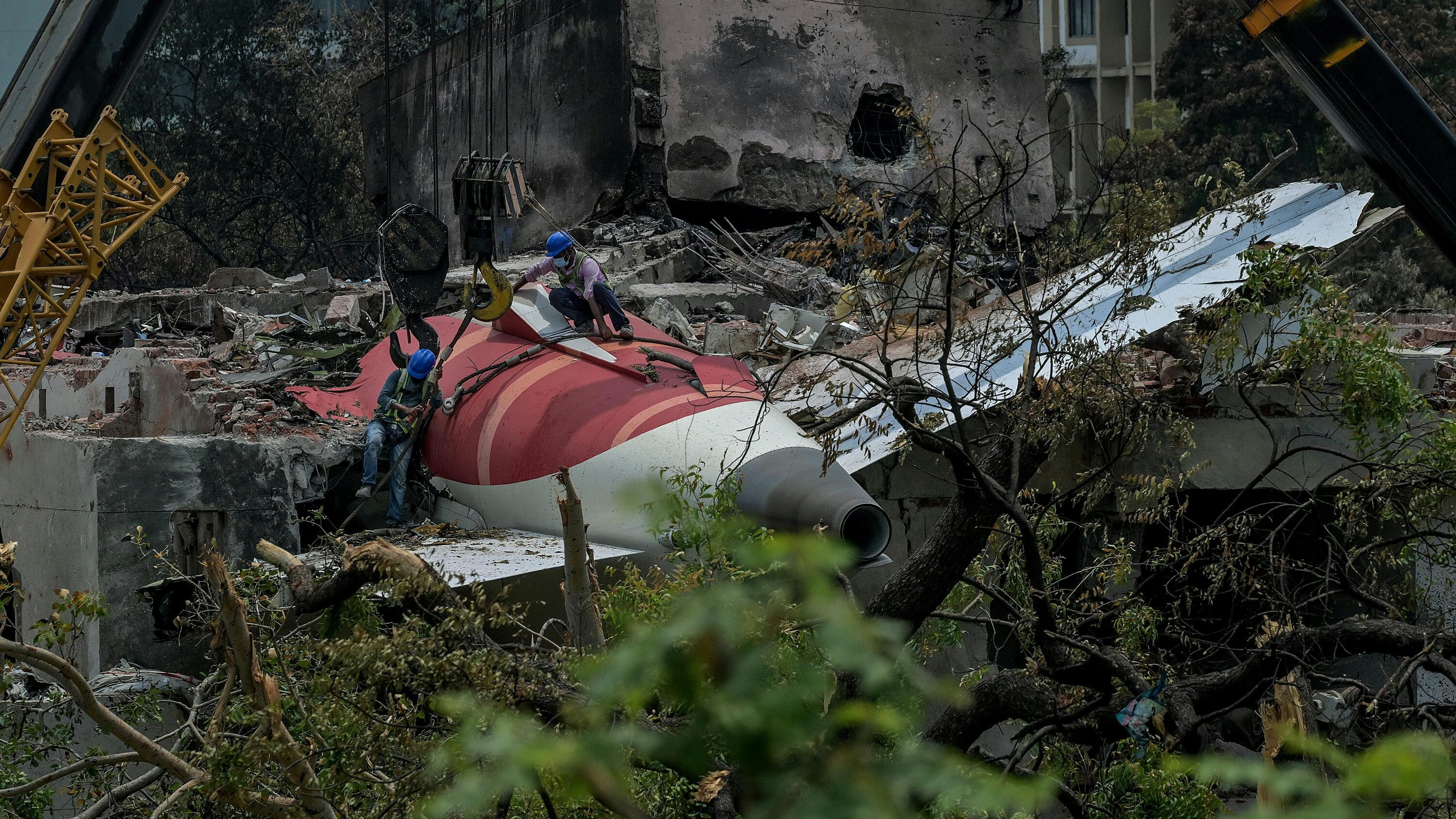
Technical Issue Investigated Hours Before Air India Crash Over Pilot Control of Switch
Technical Issue Investigated Hours Before Air India Crash Amid Pilot Control and Safety Concerns
Investigators probing the Air India crash on June 12 are concentrating on a series of electrical and software malfunctions that may have caused “un-commanded” cockpit actions, particularly involving the engine fuel cutoff switches. According to an official familiar with the inquiry, the investigation seeks to determine whether an “un-commanded transition” of the fuel control switches to the cut-off position occurred seconds after takeoff.
The aircraft crashed less than a minute after departing Ahmedabad en route to London Gatwick, resulting in the deaths of all 260 people on board. Notably, hours before the fatal flight, a pilot operating the same plane from Delhi to Ahmedabad reported a ‘Stabilizer Position Transducer Defect’ in the technical log. This sensor, which governs the aircraft’s pitch by transmitting electrical signals to the flight control system, is vital for ensuring accurate responses to pilot inputs.
Engineering staff addressed the malfunction following Boeing’s prescribed procedures. While the Stabilizer Position Transducer defect is a critical issue capable of causing incorrect flight control responses, including unintended fuel cut-off signals, the official stated it has not been identified as the direct cause of the crash. Nonetheless, investigators are exploring whether it contributed to a broader sensor failure.
Aircraft’s Technical History and Ongoing Investigation
The aircraft’s maintenance records reveal a pattern of technical issues in the weeks preceding the crash. The plane experienced at least two other incidents: an electrical fault that led to a flight cancellation and a false fuel system warning. On December 12, 2024, the same AI-171 flight was grounded due to a major electrical failure, only departing the following day after repairs were completed. Additionally, in 2015, the aircraft made an emergency landing following a Cabin Air Compressor surge, a known problem affecting Boeing 787-8 Dreamliners.
Investigators are meticulously analyzing flight data and technical logs to trace the sequence of errors and evaluate the condition of the aircraft’s electrical and software systems. This includes a comprehensive review of maintenance records and recurring malfunctions throughout the aircraft’s operational life.
The crash has intensified scrutiny of Air India’s pilot training and cockpit procedures, with regulators examining the airline’s adherence to safety directives. Industry experts highlight that confusion surrounding the operation of engine fuel cutoff switches remains a central focus of the investigation, raising concerns about both technical reliability and crew response protocols.
The incident has also had wider repercussions. Air India’s stock price has come under pressure amid adverse publicity, while competitors have responded by launching enhanced safety audits and pilot training programs to reassure passengers and distance themselves from the controversy.
As families of the victims await answers, the investigation continues to explore both technical and operational factors behind the tragedy, with particular attention to the interaction between aircraft systems, pilot actions, and airline safety culture.
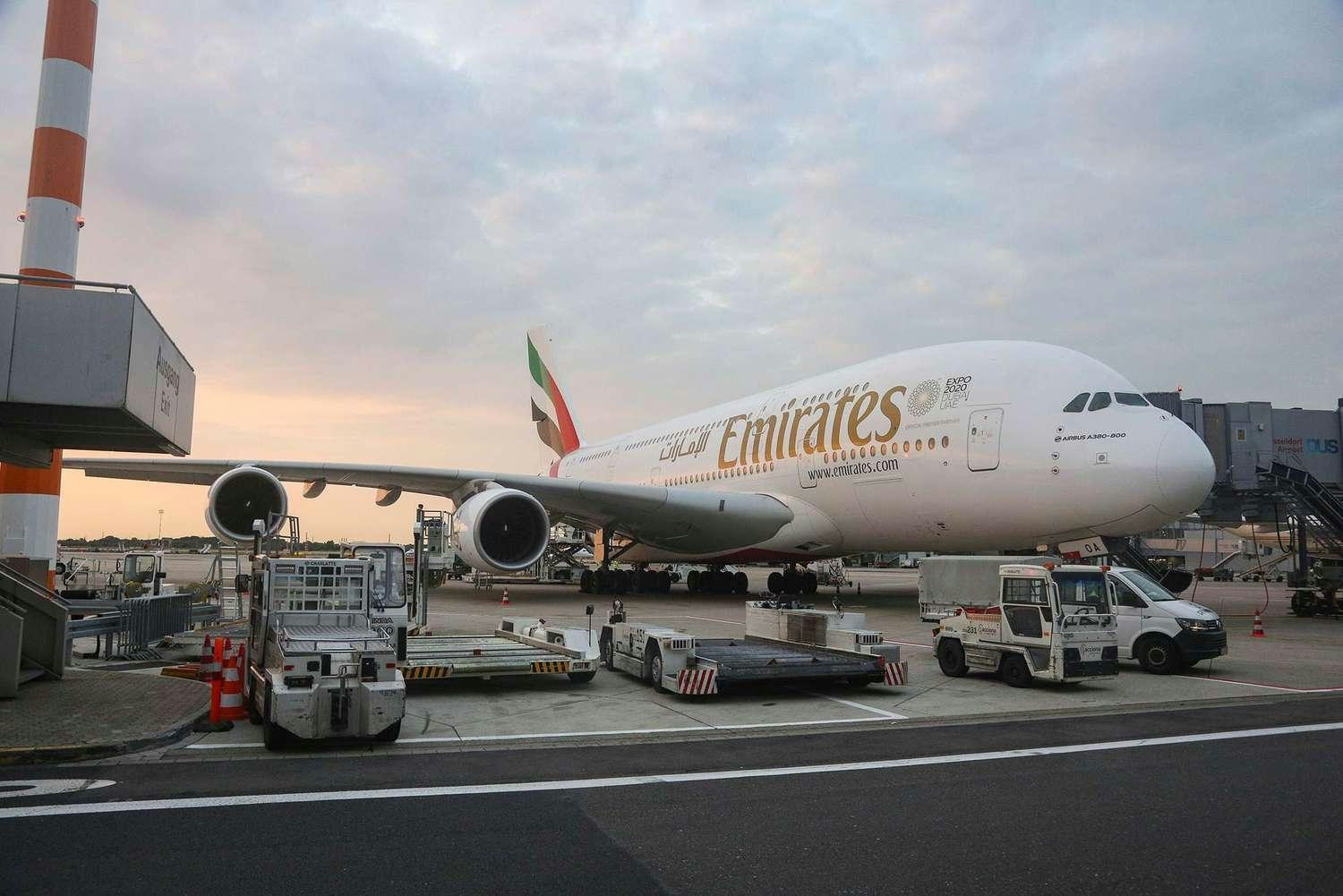
Emirates A380 Makes Emergency Landing at JFK After Engine Shutdown
Emirates A380 Executes Emergency Landing at JFK Following Engine Shutdown
On June 28, 2025, Emirates flight EK203, operated by an Airbus A380-800 (registration A6-EUW), conducted a safe emergency landing at New York’s John F. Kennedy International Airport (JFK) after experiencing an in-flight shutdown of its number one engine. The aircraft, en route from Dubai International Airport (DXB) to JFK, encountered the failure of its far-left engine while flying over the northeastern United States.
Incident and Response
Despite the loss of one of its four engines, the flight crew maintained full control of the aircraft, ensuring the safety of all 450 passengers and crew aboard. The pilots promptly declared an emergency with Boston Center, before coordination was transferred to New York Approach. Air traffic controllers guided the aircraft toward JFK, clearing it to land on runway 22L, the airport’s longest runway, as requested by the crew.
At the time of the incident, EK203 was carrying approximately 24.8 tonnes of fuel, sufficient for about one hour of flight time. Throughout the descent and approach, the crew worked closely with air traffic control (ATC), providing critical information including fuel quantities and local pressure settings. While some observers questioned the necessity for pilots to convert units mid-flight, the crew’s swift and precise communication demonstrated their professionalism under pressure.
Operational and Industry Implications
The emergency landing underscored the vital importance of seamless collaboration between flight crews and ATC during in-flight crises. Controllers adhered to established emergency protocols, offering clear navigational guidance and continuous updates, which contributed significantly to the safe touchdown at 8:57 AM local time.
However, the incident also revealed minor communication lapses, notably ATC’s initial uncertainty regarding the exact location of the failed engine. Aviation experts have highlighted the need for enhanced training and improved reference tools for controllers, particularly when managing complex aircraft such as the Airbus A380. Such measures could help prevent similar oversights in future emergencies.
This event occurs amid heightened public scrutiny of airline safety, following recent high-profile engine issues involving other major carriers including American Airlines and Delta. Industry analysts suggest that incidents of this nature may challenge passenger confidence and prompt closer examination of Emirates’ maintenance protocols. The episode could also trigger insurance reviews and claims, while competitors might leverage the situation to emphasize their own safety records and operational reliability in marketing campaigns.
Despite these broader industry ramifications, the professionalism exhibited by both the Emirates flight crew and air traffic controllers ensured a safe outcome for all on board. The incident serves as a reminder of the critical importance of training, communication, and preparedness in maintaining aviation safety.
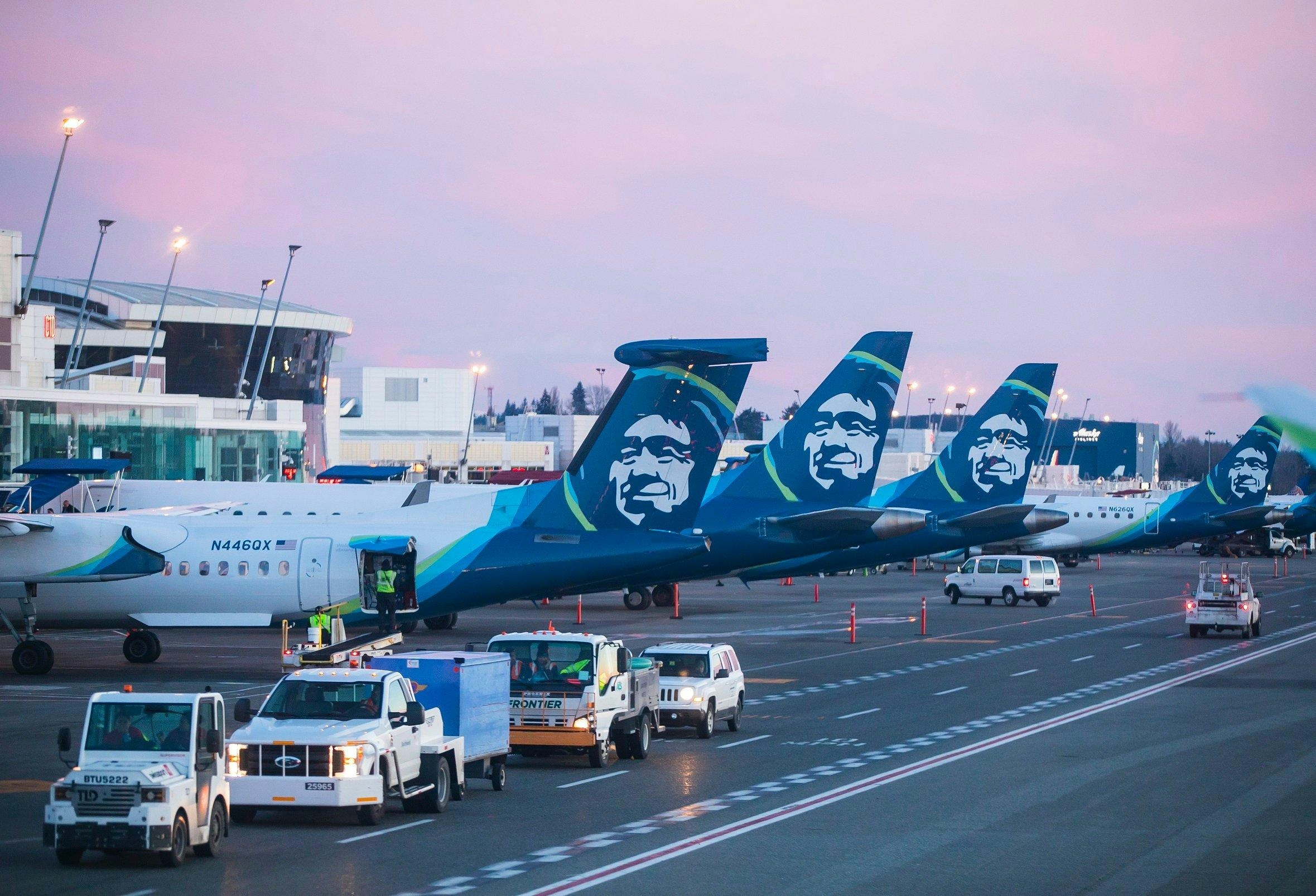
Alaska Airlines resumes flights after software outage grounds entire fleet
Alaska Airlines Resumes Flights Following Nationwide IT Outage
Alaska Airlines has restored flight operations after a significant IT failure forced the airline to ground its entire fleet, including that of its regional subsidiary, Horizon Air. The disruption began late Sunday night, July 20, 2025, when a critical hardware malfunction triggered a software outage, halting all departures across the airline’s network.
Widespread Grounding and Operational Impact
The problem was first reported around 11 p.m. Eastern Time and rapidly escalated, leading Alaska Airlines to implement a full ground stop affecting more than 200 aircraft. The Federal Aviation Administration (FAA) confirmed the suspension, which was subsequently extended to include Horizon Air. This unprecedented outage resulted in extensive delays and cancellations, impacting passengers nationwide.
By approximately 2 a.m. on Monday, Alaska Airlines announced the lifting of the ground stop and the gradual resumption of flights. Nevertheless, the airline warned that residual disruptions would persist as it worked to reposition aircraft and crews. “It will take some time to get our overall operations back to normal,” the company stated via social media, urging travelers to anticipate ongoing schedule irregularities.
Broader Implications for Airline IT Infrastructure
This incident highlights the vital importance of robust operational software and IT infrastructure in contemporary airline management, as well as the susceptibility of air travel to technical failures. Beyond immediate operational challenges, the outage has raised concerns regarding the reliability of Alaska Airlines’ IT systems. Industry analysts suggest that competitors may be closely monitoring the situation for potential operational or reputational advantages.
As of Monday morning, while flights have resumed, Alaska Airlines continues to experience cancellations and delays as it strives to restore full service. The airline has yet to disclose further details about the specific hardware failure responsible for the outage. Passengers are advised to verify their flight status and prepare for continued disruptions throughout the day.
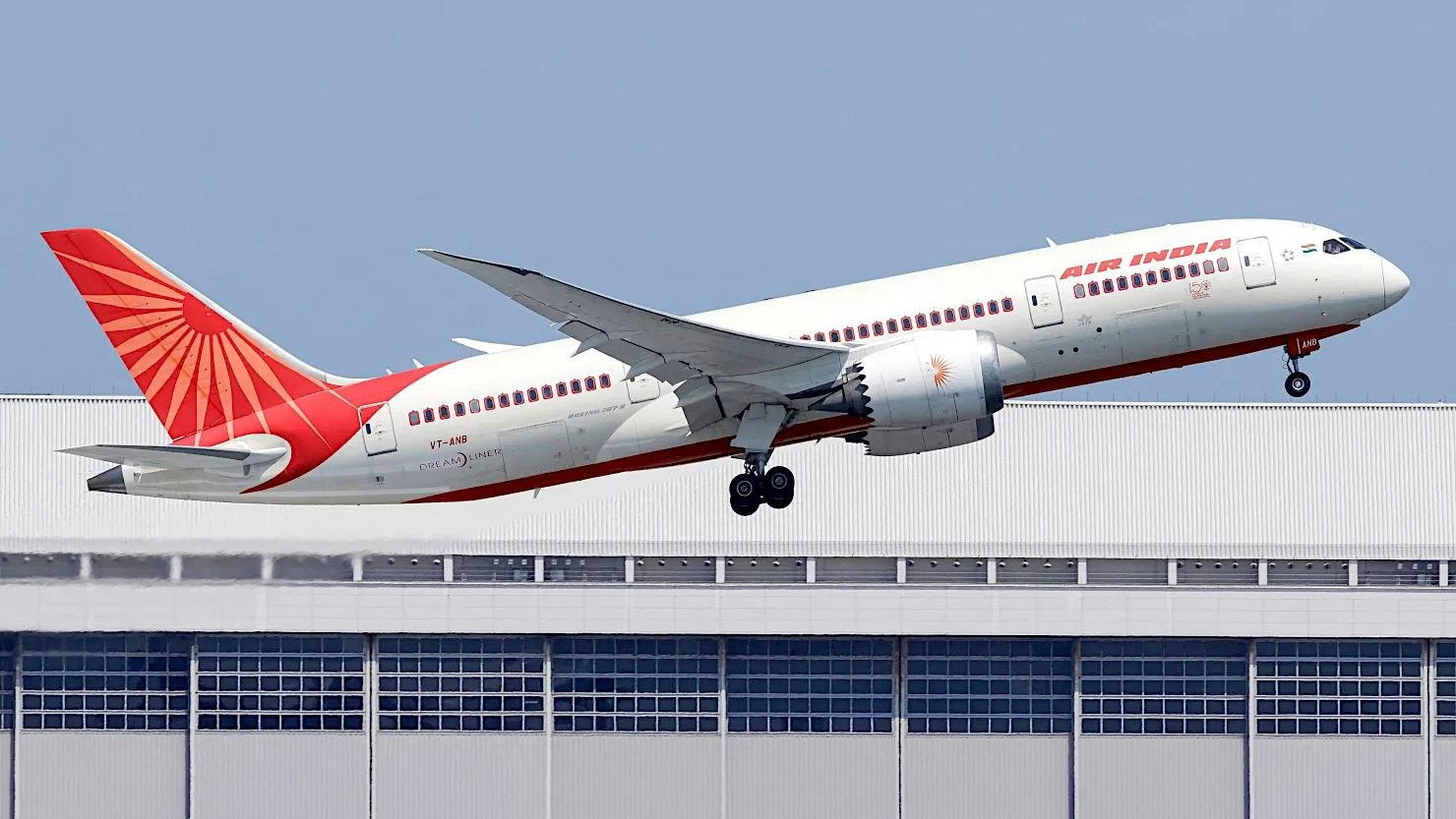
UK Aviation Authority Raised Concerns About Boeing 787 Fuel Switch Before Ahmedabad Crash
UK Aviation Authority Raised Concerns About Boeing 787 Fuel Switch Before Ahmedabad Crash
Early Warnings and Safety Notices
Just weeks prior to the tragic Air India crash in Ahmedabad, the UK Civil Aviation Authority (CAA) issued a safety notice urging operators of the Boeing 787 to conduct thorough inspections of fuel shutoff valves. This advisory highlighted emerging concerns regarding the aircraft’s fuel switch design and the adequacy of existing safety protocols. The warning coincided with increasing scrutiny of Boeing’s fuel system, a focus that was further underscored by a preliminary report from India’s Aircraft Accident Investigation Bureau (AAIB).
Findings from the Investigation
The AAIB’s report revealed critical details from cockpit voice recordings of the ill-fated Air India flight, which indicated confusion among the pilots shortly after takeoff. One pilot questioned why the fuel switch had been turned off, while the other denied having taken such action. The report further stated that both engines lost fuel supply almost simultaneously, within a second of each other, precipitating the crash. Despite the crew’s efforts to reactivate the fuel switches, their attempts came too late to avert the disaster.
The investigation drew particular attention to the manual operation of the cockpit fuel switches. The AAIB suggested that accidental deployment was unlikely, implying that the switches had been deliberately moved to the cut-off position. This finding has intensified scrutiny of Boeing’s fuel system design and raised questions about whether current safety measures are sufficient.
Regulatory Responses and Industry Impact
In response to these concerns, the UK CAA’s notice mandated that Boeing 787 operators perform detailed inspections of fuel shutoff valves, ensuring any identified issues were promptly addressed. The directive required engineering teams or flight crews to verify valve functionality rigorously, with all procedures documented and subject to approval by the CAA’s Flight Operations Inspector.
Similarly, the Indian aviation regulator ordered inspections of cockpit fuel switches on both Boeing 737 and 787 aircraft operating within the country. The US Federal Aviation Administration (FAA) also issued an Airworthiness Directive targeting a potential unsafe condition related to fuel shutoff valves on Boeing aircraft, including the 787. The FAA’s mandate called for daily checks, comprehensive inspections, and, where necessary, replacement of fuel shutoff valve actuators. Operators were instructed to log any failures and rectify defects in accordance with established safety standards.
The sequence of regulatory warnings followed by the crash has intensified debate over Boeing’s safety protocols and the effectiveness of industry oversight. Aviation experts anticipate that the incident may lead to further regulatory reforms and more stringent safety reviews, not only for Boeing but across the wider aviation sector. This heightened scrutiny has prompted insurers to reassess risk profiles and has raised concerns among some passengers regarding the safety of affected aircraft models.
Boeing’s competitors have responded by emphasizing their own safety measures and engineering standards, aiming to reassure airlines and passengers amid growing apprehension. The UK CAA’s early intervention highlights the vital role of proactive regulatory oversight in identifying and mitigating potential hazards before they culminate in tragedy.
As investigations continue, the aviation industry faces mounting pressure to address design vulnerabilities and strengthen safety protocols, with regulators and manufacturers under close observation from both the public and industry stakeholders.
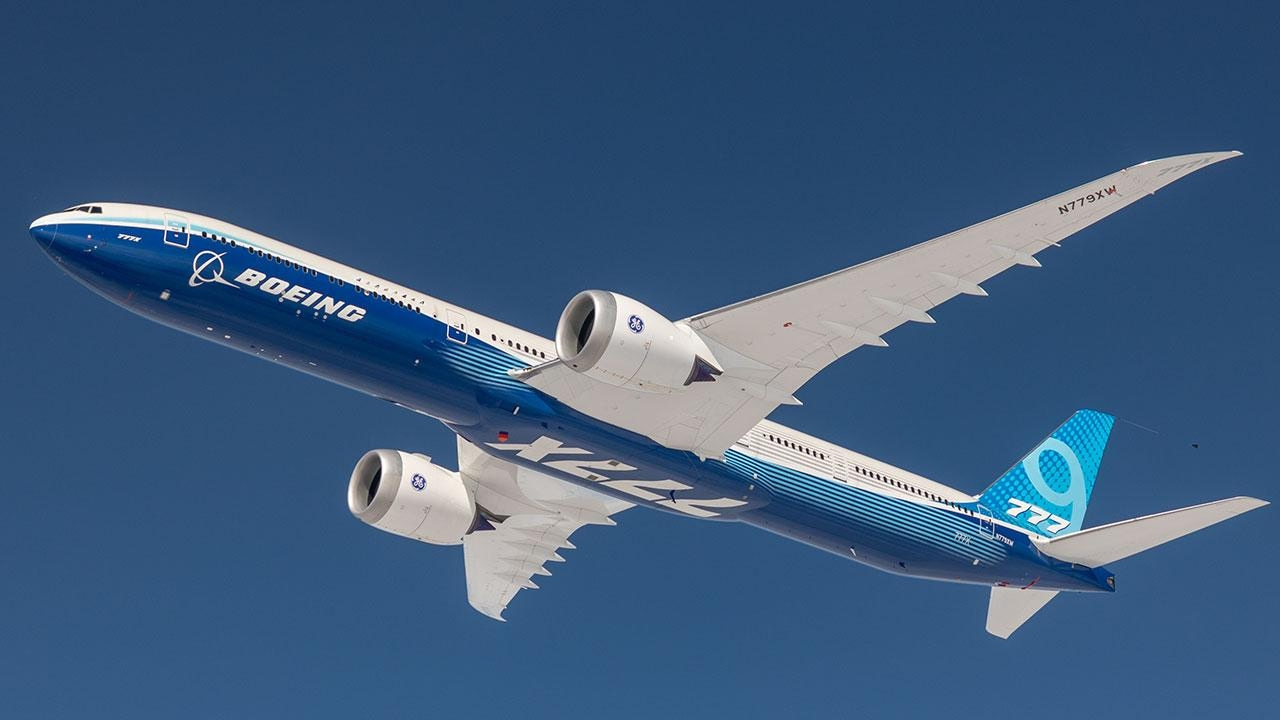
The Cost of a Boeing 777X
The Cost of a Boeing 777X
Pricing and Market Position
The Boeing 777X represents the latest advancement in Boeing’s long-range, widebody, twin-engine jetliner series, aimed at both commercial airlines and private operators. Officially launched in 2013 following its initial proposal in 2010, the 777X program introduces significant technological innovations, including advanced aerodynamics, the new General Electric GE9X engines, and three primary variants: the 777-8, 777-9, and the 777-8F freighter. Despite its promising design and capabilities, the program has encountered notable delays and technical difficulties, which have led to market skepticism and caused some airlines to reconsider or threaten cancellations of their orders. These challenges have placed financial pressure on Boeing and reduced its order backlog.
The list price for the Boeing 777X is substantial, with the 777-8 priced at approximately $410 million and the larger 777-9 at around $442 million. For private customers, the Boeing Business Jet (BBJ) 777-9 can exceed $500 million. However, airlines typically do not pay the full list price, as discounts ranging from 30% to 50% are common depending on the size of the order and negotiation terms. Consequently, the effective cost of a Boeing 777X generally averages around $400 million per aircraft. To date, Boeing has secured nearly 500 orders across both passenger and freighter versions, although ongoing program delays have placed some of these commitments in jeopardy.
Technical Specifications and Variants
The 777-8 variant is designed to accommodate 395 passengers in a two-class configuration and boasts an impressive range of 8,750 nautical miles, enabling nonstop flights between virtually any two cities worldwide. Measuring 232 feet 6 inches in length, it is shorter than the 777-9 but offers approximately 1,700 miles greater range. Positioned as the successor to the 777-200LR, the 777-8 provides airlines with enhanced flexibility for ultra-long-haul routes. Boeing asserts that the 777X family will become the world’s largest and most efficient twin-engine jets, delivering a 10% reduction in fuel consumption, emissions, and operating costs compared to competing aircraft. The design incorporates a spacious cabin, innovative architecture, and features derived from the 787 Dreamliner, all intended to improve passenger comfort and airline profitability.
The 777-9 serves as the flagship model of the 777X series, seating 426 passengers in a typical two-class layout and capable of flying up to 7,350 nautical miles. At 251 feet 9 inches, it is the longest passenger aircraft Boeing has ever produced. Its advanced wing design includes folding wingtips, which reduce the wingspan when the aircraft is parked, ensuring compatibility with existing airport infrastructure. Powered by the GE9X engines and enhanced by aerodynamic improvements, the 777-9 emphasizes operational efficiency and flexibility, positioning it as a leader in its class.
Program Outlook and Industry Impact
Boeing has confirmed that Lufthansa will be the launch customer for the 777-9, with first deliveries anticipated in 2026. While the 777X’s advanced features and performance capabilities are expected to establish new industry benchmarks, the program’s delays and technical challenges have introduced uncertainty regarding its commercial success. As Boeing continues to address these issues, the 777X remains a critical and high-stakes investment in the future of long-haul air travel.
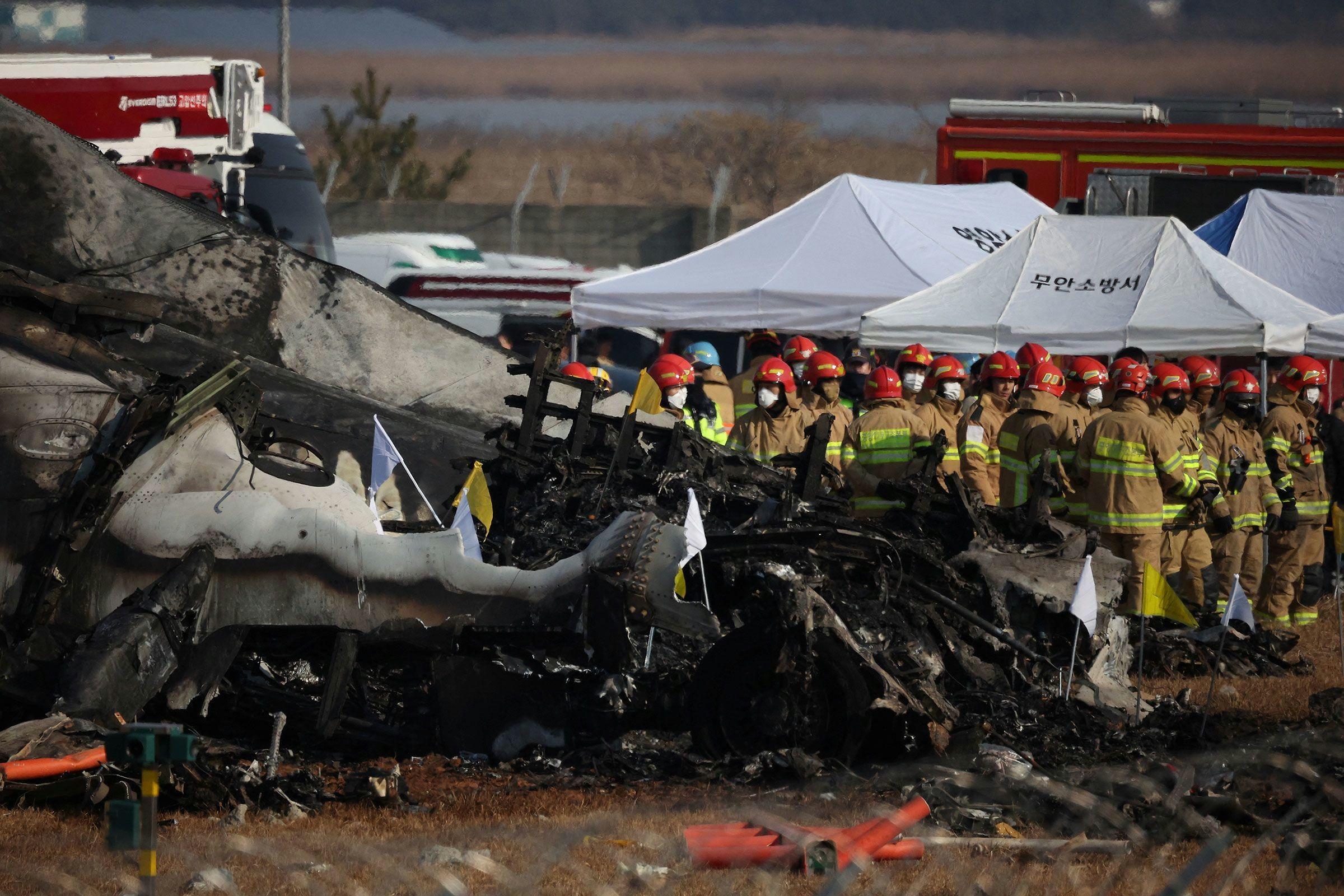
South Korean Plane Crash Killed 179 After Pilots Shut Down Wrong Engine
South Korean Plane Crash Killed 179 After Pilots Shut Down Wrong Engine
Fatal Error Following Bird Strike
Investigators have determined that the catastrophic crash of a South Korean passenger jet, which claimed 179 lives, was precipitated by a critical error made by the flight crew. On December 29, the aircraft, carrying 181 people, encountered a flock of birds while approaching Muan International Airport. The bird strike severely damaged one engine, but the pilots mistakenly shut down the functioning engine instead of the compromised one. This error left the plane without adequate power during its emergency landing attempt, ultimately causing it to skid off the runway and collide with a concrete barrier, resulting in a fiery explosion.
Preliminary findings indicate that the right engine sustained severe damage from the bird strike, yet the pilots deactivated the left engine, which remained operational. An official briefing to South Korea’s MBN TV emphasized this misjudgment, noting that the pilot should have shut down the right engine to maintain control. The loss of thrust from the wrong engine critically undermined the aircraft’s ability to land safely.
Deviation from Standard Procedures
Further investigation revealed that the pilots did not adhere to established protocols following the bird strike. Instead of proceeding with a standard landing, the crew executed unorthodox maneuvers, including climbing and attempting a rushed landing in the opposite direction on the same runway. The aircraft ultimately touched down on its belly, veered off the runway, and was halted by a concrete slab before erupting into flames.
The release of the interim investigation report was met with significant opposition from the victims’ families. During a scheduled news conference, grieving relatives disrupted proceedings, expressing frustration over what they perceived as premature attribution of blame to the pilots. Officials subsequently withdrew copies of the report from journalists, citing that it had not been officially released. Kim Yu-jin, leader of the victims’ relatives group, criticized the investigation’s lack of transparency, stating that conclusions should be supported by comprehensive documentation to convince bereaved families of their inevitability, rather than being presented as isolated findings.
Broader Implications and Industry Response
The controversy surrounding the report has prompted South Korean authorities to intensify safety measures. In response to the crash, regulators are preparing to mandate inspections of fuel switches on all Boeing aircraft operated by domestic airlines, addressing concerns about pilot confusion during emergency situations. This move follows similar findings in a recent Air India crash, where investigators concluded that a senior pilot’s inadvertent shutdown of fuel flow contributed to the disaster.
Despite these incidents and the heightened scrutiny of cockpit procedures and aircraft systems, Boeing’s stock has remained stable, with analysts maintaining optimistic price targets. The ongoing investigations into both the South Korean and Air India crashes have underscored the urgent need for improved pilot training and system design enhancements to prevent future tragedies.
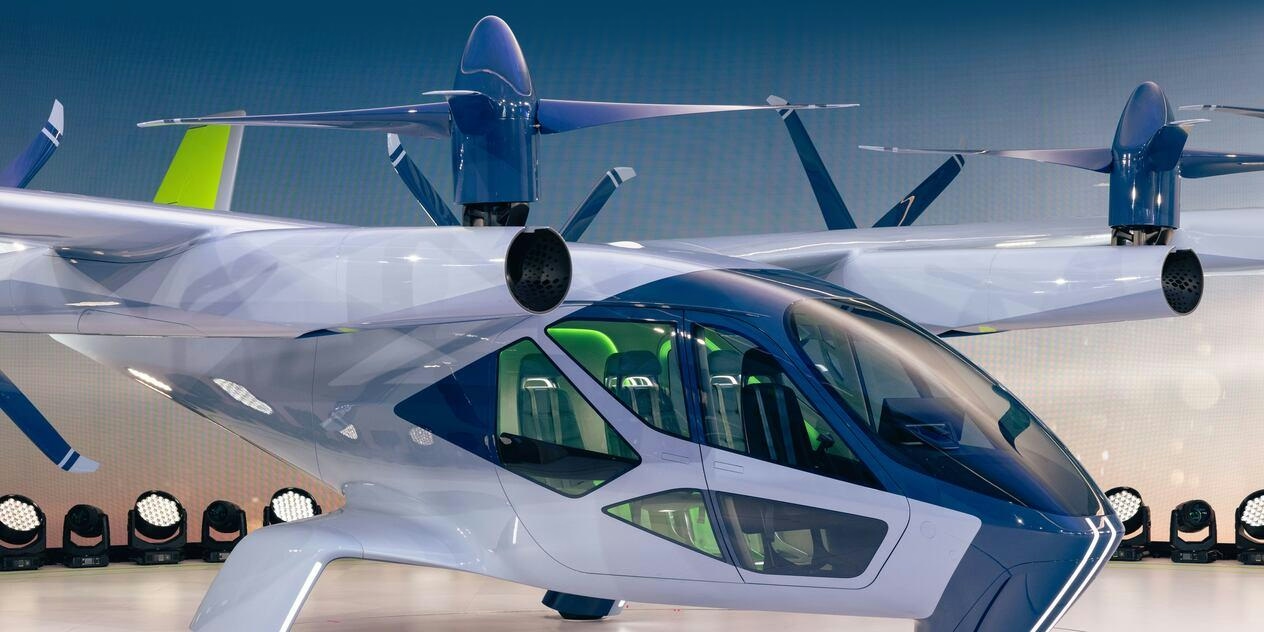
Hyundai’s Supernal Startup Lays Off 53 Employees in California Amid Shift to Flying Taxi Production
Hyundai’s Supernal Startup Lays Off 53 Employees in California Amid Shift to Flying Taxi Production
Hyundai’s electric vertical takeoff and landing (eVTOL) startup, Supernal, has announced the layoff of 53 employees across its California operations, representing roughly 10% of its local workforce. This reduction reflects the company’s strategic pivot from technology development toward the certification and production phases of its flying taxi program.
Workforce Reductions and Organizational Realignment
The layoffs affect 25 employees at Supernal’s headquarters in Irvine, 27 at its Fremont facility in the Bay Area, and one at its Mojave site, according to a filing with California’s Employment Development Department. These job cuts, which began on June 30 and are expected to be permanent, will reduce Supernal’s total workforce to approximately 500 employees. The company relocated its headquarters from Washington, D.C., to Irvine two years ago as part of its broader expansion efforts.
Veronica Grigoriou, a spokesperson for Supernal, described the layoffs as part of an “organizational realignment” aligned with the company’s transition toward product development. She emphasized that the decision was made after careful consideration of the company’s roadmap, available resources, and objectives for the remainder of the year.
Certification Timeline and Production Challenges
Supernal is currently navigating the Federal Aviation Administration’s (FAA) certification process, with plans to initiate its application in 2026 and pursue “type certification” for its aircraft by 2028. Despite the workforce reductions, Grigoriou affirmed that the company’s timeline remains unchanged, with production aircraft deliveries still targeted for late 2028. However, a production site for the flying taxis has yet to be finalized.
The layoffs come amid growing challenges for Supernal as it seeks to scale flying taxi production. Industry analysts suggest that workforce cuts may raise doubts about the startup’s ability to meet its ambitious goals. Meanwhile, competitors such as Joby Aviation, Eve Air Mobility, and Amazon Zoox are accelerating their efforts to capture market share in the rapidly evolving air taxi sector. Joby is advancing toward commercial readiness, Amazon Zoox has expanded its self-driving taxi production, and Waymo continues to increase its autonomous taxi operations in California. Regulatory developments, including the National Highway Traffic Safety Administration’s recent easing of rules for self-driving vehicles, further highlight the competitive and dynamic nature of the industry.
Recent Developments and Future Outlook
Supernal has made notable progress in recent months, including conducting tethered flight tests in March and planning untethered demonstrations at its Mojave facility later this year. The company also strengthened its leadership team by appointing David McBride, a former NASA executive, as chief technology officer in March 2024.
The layoffs encompass a broad range of roles, from battery cell test engineers and electrical managers to IT coordinators and project leads. In a letter to the state, Hyunsik Kim, Supernal’s head of human resources, stated that the reductions are intended to support the company’s long-term strategic priorities.
These job cuts were disclosed under the federal Worker Adjustment and Retraining Notification (WARN) Act, which mandates employers to provide at least 60 days’ notice to affected employees when laying off more than 50 workers.
As Supernal advances its transition to production, both the company and the broader advanced air mobility sector face intensified scrutiny and competition ahead of significant milestones, including the LA28 Olympics, where flying taxis are expected to feature prominently.
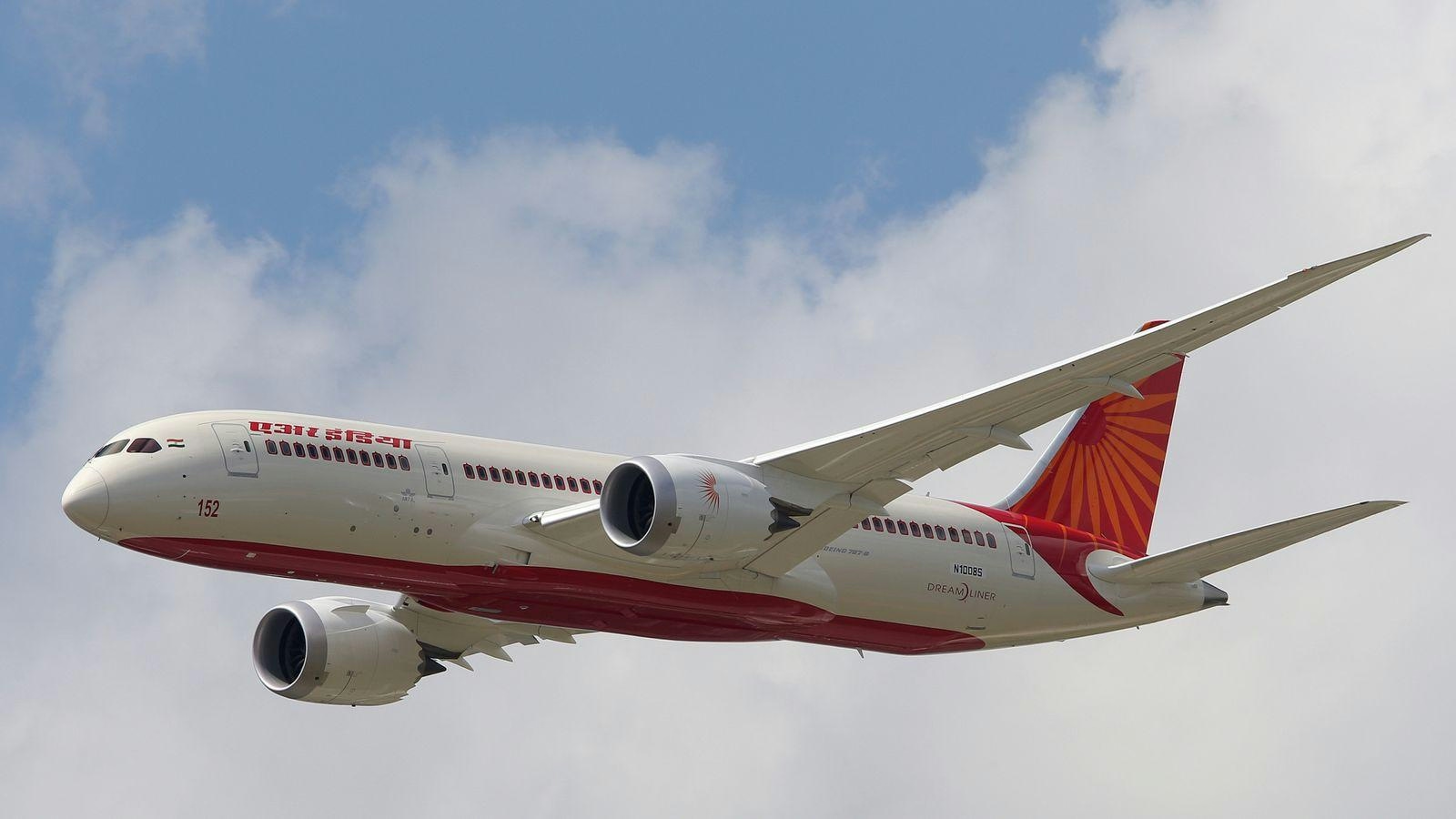
Aviation Expert Suggests Boeing 787 Software May Have Contributed to AI Crash
Aviation Expert Raises Concerns Over Boeing 787 Software in Air India Crash
Mary Schiavo, former Inspector General of the U.S. Department of Transportation and a prominent aviation attorney, has expressed serious concerns that a software-related engine thrust rollback malfunction in the Boeing 787 may have played a role in the recent crash of Air India Flight AI-171. In an exclusive interview with *The Sunday Guardian*, Schiavo highlighted a known issue previously examined by the U.S. National Transportation Safety Board (NTSB), where the aircraft’s computer systems could mistakenly reduce engine thrust during flight.
Drawing on her extensive experience overseeing major air safety investigations and representing families affected by aviation disasters, Schiavo emphasized the risks posed by Boeing’s involvement in its own crash investigations. She called on India’s Directorate General of Civil Aviation (DGCA) to undertake a comprehensive and independent inquiry, particularly given the complexity of the Boeing 787’s software systems.
Software Malfunction and Regulatory Concerns
Central to Schiavo’s warning is the Thrust Control Malfunction Accommodation (TCMA) system, mandated by the Federal Aviation Administration for the Boeing 787. The TCMA operates in conjunction with the Full Authority Digital Engine Control (FADEC) system, relying on computer inputs to determine whether the aircraft is airborne or on the ground. If these systems incorrectly classify the aircraft’s status, they may automatically adjust engine settings, potentially reducing thrust without any pilot intervention.
Schiavo referenced a 2019 incident involving Japan’s All Nippon Airways (ANA), where a similar dual engine thrust rollback occurred. The NTSB investigation into that event identified the issue as a software design flaw and led to corrective measures across the 787 fleet. According to Schiavo, such computer-triggered thrust reductions would leave distinct signatures in the flight data recorder, which investigators should carefully analyze in the case of AI-171.
Wider Implications for Boeing and the Aviation Industry
The possibility that Boeing 787 software contributed to the Air India crash is expected to heighten scrutiny from aviation regulators worldwide. Should software faults be confirmed, both Boeing and Air India could face significant legal consequences. The incident may also prompt a broader reassessment of software-related risks within the 787 fleet. Schiavo drew parallels to Boeing’s handling of the MCAS software issue, which previously sparked global controversy and regulatory intervention.
Beyond regulatory and legal ramifications, the crash carries immediate consequences for the global aviation insurance market. Industry analysts warn that insurance and reinsurance premiums could increase, particularly in India, where the aviation insurance sector has already been grappling with financial losses. Competitors may leverage the situation to highlight their own safety records and technological advancements, potentially affecting Boeing’s market position.
For Air India, the crash presents a critical challenge to its Vihaan.AI transformation program, which aims to elevate the airline to world-class status within five years. The investigation’s outcome and the airline’s subsequent response will be closely monitored by regulators, insurers, and the traveling public.
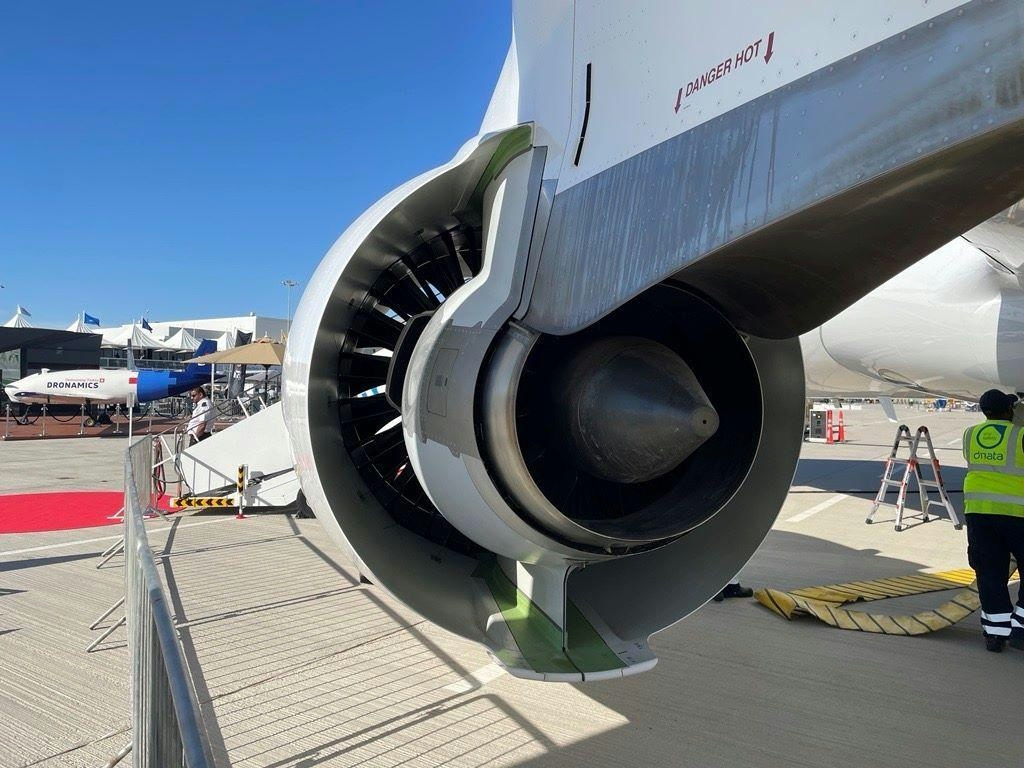
US Airlines Impacted by Pratt & Whitney Engine Groundings
US Airlines Grapple with Operational Disruptions Amid Pratt & Whitney Engine Groundings
Pratt & Whitney’s recall of its PW1000G geared turbofan (GTF) engines, triggered by a manufacturing defect in high-pressure turbine and compressor components, has resulted in widespread aircraft groundings across the United States. These engines power several prominent aircraft models, including the Airbus A320neo family, A220, and Embraer E-Jet E2. As a consequence, US airlines are facing significant operational disruptions, increased maintenance expenses, and potential delays in flight schedules.
Data from ch-aviation indicates that 64 out of 664 US-based aircraft equipped with PW1000-series engines are currently either stored or undergoing maintenance. Although the precise reasons for storage are not specified, it is widely believed that many of these aircraft have been sidelined due to the ongoing GTF recall and the associated engine maintenance requirements.
Spirit Airlines Faces the Greatest Impact
Among the seven US airlines and one private operator affected, Spirit Airlines has been hit hardest. Of its Airbus A320neo fleet, 39 aircraft remain grounded, leaving only 52 in active service. The low-cost carrier has publicly voiced its frustration over the situation, which has compelled it to adjust operations and absorb additional financial burdens. To mitigate the impact, Spirit recently extended its agreement with Pratt & Whitney, securing an additional $150 million to $195 million in liquidity for 2025, matching the support it received in 2024. The airline anticipates that challenges related to the GTF engines, including accelerated removals and inspections, will continue through 2026.
Broader Industry Impact and Operational Challenges
Other major US carriers are also contending with the repercussions of the engine groundings. JetBlue Airways currently has five Airbus A321neos and four Airbus A220-300s in storage, while Delta Air Lines has grounded four A321neos and four A220-300s. Additional airlines with GTF-powered aircraft listed as stored or under maintenance include Frontier Airlines, United Airlines, Hawaiian Airlines, and Breeze Airways.
The current tally of grounded US GTF-powered aircraft includes 39 Airbus A320neos from Spirit Airlines, five A321neos and four A220-300s from JetBlue Airways, four A321neos and four A220-300s from Delta Air Lines, four A321neos from Frontier Airlines, one A321neo from Hawaiian Airlines, one A220-300 from Breeze Airways, and one A321neo from United Airlines.
FlightGlobal reports that although the total number of grounded commercial aircraft due to the PW1000-series recall has slightly declined in recent months, the proportion of affected jets remains steady at approximately 30% of the fleet.
The ongoing engine groundings are compelling airlines to redeploy aircraft, revise flight schedules, and in some cases, seek alternative engines, thereby increasing operational complexity and costs. These disruptions may prompt fare adjustments and influence customer demand, as travelers prioritize reliability. Competitors may seize the opportunity to attract passengers from affected carriers, intensifying market competition.
As the industry navigates these challenges, airlines continue to monitor developments closely and adapt their strategies to maintain service reliability and financial stability. Observers and stakeholders are advised to consult authoritative sources and official airline communications for the latest updates.
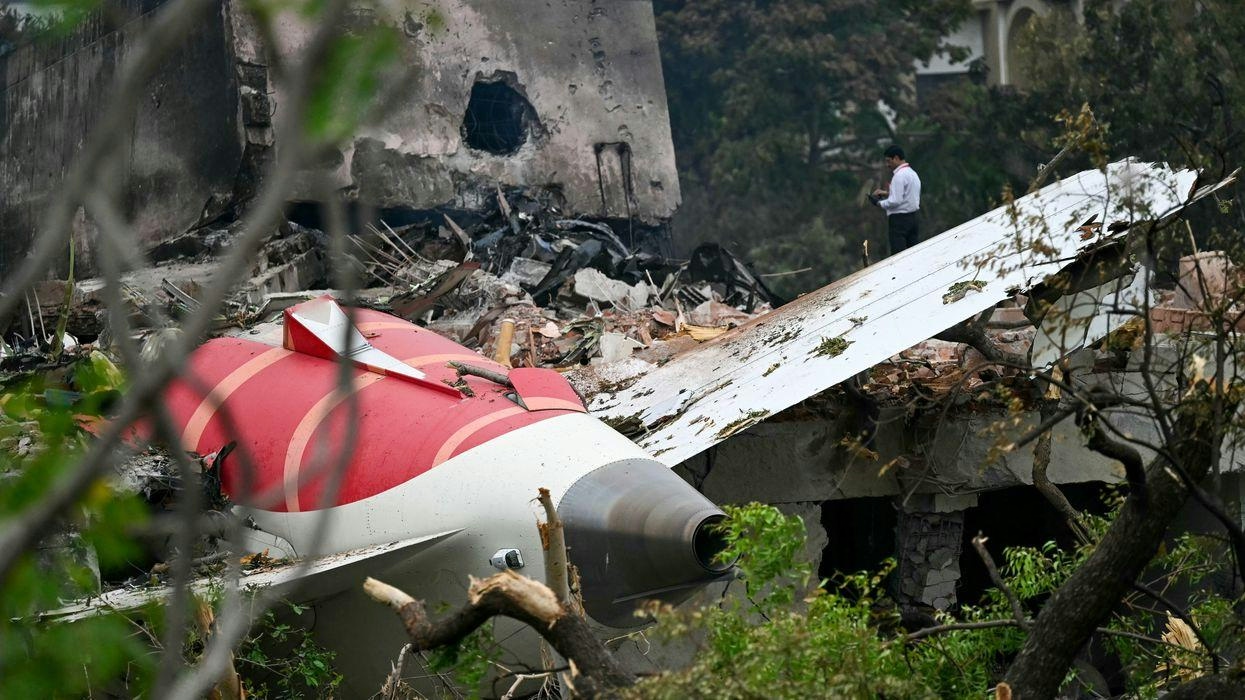
AAIB Analyzes Black Box Data from AI 171 Crash; Aviation Minister Promises Transparent Investigation
AAIB Analyzes Black Box Data from AI 171 Crash
New Delhi — Civil Aviation Minister K. Rammohan Naidu confirmed on Monday that investigators have successfully decoded the black box data from Air India flight AI 171, which tragically crashed in Ahmedabad on June 12. The accident claimed the lives of all 260 passengers and crew on board, including former Gujarat Chief Minister and Rajya Sabha member Vijay Rupani.
Speaking during the monsoon session of Parliament, Naidu assured lawmakers and the public of a thorough and impartial investigation conducted in strict accordance with international protocols. He highlighted that, for the first time, India independently decoded the black box data, a process previously outsourced abroad. The Aircraft Accident Investigation Bureau (AAIB) is following a rigorous, rule-based methodology and remains fully unbiased. “While questions may arise and external narratives may circulate, our approach is grounded in facts,” Naidu emphasized. “We are committed to uncovering the truth and determining exactly what happened.”
The AAIB has begun detailed analysis of data retrieved from the Cockpit Voice Recorder (CVR) and Flight Data Recorder (FDR). The successful decoding is expected to yield critical insights into the cause of the crash. A preliminary AAIB report indicates that fuel supply to the engines was cut off prior to the aircraft’s descent. However, Air India’s CEO, referencing the bureau’s early assessment, stated that there is no evidence suggesting fuel shortage, mechanical failure, or pilot error contributed to the disaster. The investigation remains ongoing.
Coordinated International Effort and Parliamentary Response
The investigation is being led by the AAIB with technical assistance from Boeing, General Electric, Air India, and aviation regulators from India, the United Kingdom, and the United States, underscoring a coordinated international effort. According to the Aviation Week Network, the AAIB has urged patience as investigators meticulously analyze complex data, cautioning that definitive conclusions will only be drawn upon completion of the final report.
The monsoon session of Parliament opened amid intense debate, with the opposition INDIA bloc raising concerns over the government’s handling of the AI 171 crash alongside broader national security and administrative issues. The Upper House is scheduled to pay tribute to Vijay Rupani and other victims during obituary references on the session’s first day.
As the AAIB continues its investigation in collaboration with international authorities, the government has reiterated its commitment to transparency and adherence to global aviation safety standards. The forthcoming final report is expected to provide a comprehensive account of the events leading to the crash and offer recommendations aimed at preventing future tragedies.
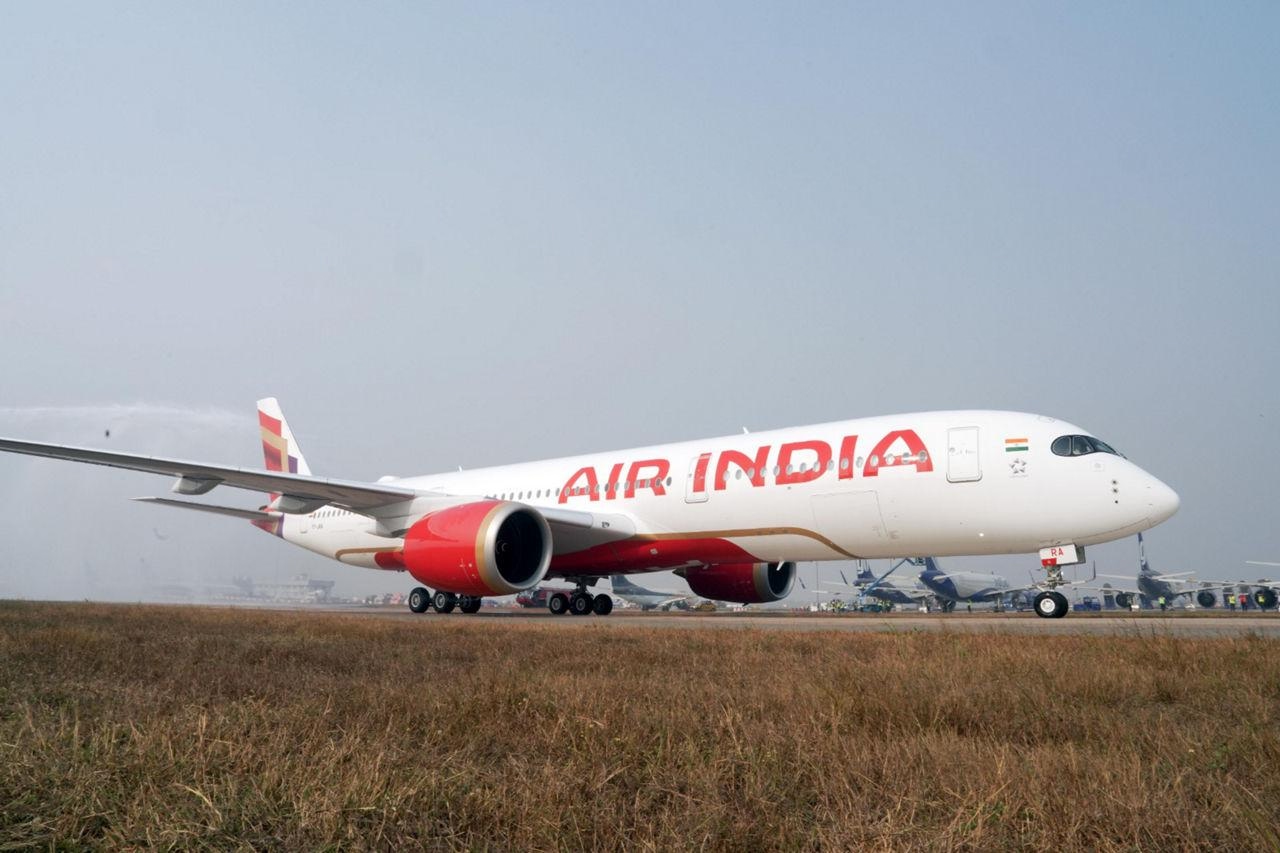
Air India Announces Delivery Schedule for A321neo, A350-1000, and 787-9 Aircraft
Air India Announces Delivery Schedule for A321neo, A350-1000, and 787-9 Aircraft
Major Fleet Modernization Underway
Air India Group, now under the ownership of the Tata Group, is advancing a landmark fleet renewal initiative that promises to transform its operational capabilities and competitive positioning within the Indian aviation sector. Central to this effort is an unprecedented order of 570 aircraft, among the largest in the history of commercial aviation. This extensive acquisition includes the latest models from Airbus and Boeing, notably the A321neo, A350-1000, 787-9 Dreamliner, and 777-9. These additions are expected to significantly expand Air India’s capacity and modernize its fleet.
Delivery Timeline and Deployment Plans
To date, the Air India Group—which comprises both Air India (AI) and Air India Express (IX)—has taken delivery of six Airbus A350-900s alongside more than 40 Boeing 737 MAX aircraft. The next phase of this fleet expansion is scheduled to commence in mid-2025, with the introduction of the first A321neo, A350-1000, and 787-9 Dreamliner aircraft. This phase represents a critical step in the airline’s strategy to increase capacity and enhance service offerings.
Air India Express will be the initial operator of the new A321neo, launching scheduled services from April 15, 2025. The inaugural routes will connect Delhi (DEL) with Bengaluru (BLR) and Srinagar (SXR), with subsequent expansions on April 20 to include Ayodhya (AYJ) and Jaipur (JAI). The A321neo will be configured with 180 economy seats and 12 business class seats, providing improved passenger options on key domestic routes. Currently, Air India operates two A321neos (registrations VT-RTC and VT-RTD) in a 192-seat dual-class layout.
Supply Chain Challenges and Operational Adjustments
Despite the progress, Air India continues to grapple with significant supply chain disruptions. CEO Campbell Wilson has acknowledged ongoing difficulties in procuring essential components such as engines, fuselages, and premium cabin seats. These challenges are expected to cause delivery delays from both Airbus and Boeing, potentially affecting the airline’s growth trajectory for the next four to five years. In response, Air India is extending the operational lifespan of older aircraft, which entails increased maintenance costs, and is facing obstacles in leasing additional planes due to global shortages. The airline is also exercising prudence regarding further Boeing orders amid manufacturing and regulatory constraints.
Widebody Fleet Expansion: A350-1000 and 787-9
The first A350-1000 destined for Air India is nearing completion at Airbus’s Toulouse facility and is anticipated to be delivered in 2026. Currently registered as F-WZFI, the aircraft will soon be re-registered under the VT-series for Indian operations. Concurrently, the initial Boeing 787-9 Dreamliners from the 2023 order are expected to arrive by the end of 2025. Three 787-9s are presently in production at Boeing’s Charleston, South Carolina plant, equipped with General Electric GEnx-1B engines.
Order Composition and Market Implications
Air India’s comprehensive 570-aircraft order includes 20 A350-900s, 20 A350-1000s, 140 A320neos, and 70 A321neos from Airbus, alongside 20 787-9 Dreamliners, 10 777X, and 190 737-8 MAX aircraft from Boeing. Additionally, a 2024 order comprises 10 more A350s and 90 A320 Family aircraft. This sweeping modernization is anticipated to provoke strategic responses from rival carriers, who may reassess their fleet plans in light of Air India’s expanded capacity. Industry analysts expect this development to intensify competition and elevate passenger service standards across the Indian aviation market.
Commitment to Sustainability and Efficiency
Air India’s investment in next-generation aircraft reflects a strong commitment to operational efficiency, passenger comfort, and environmental stewardship. The new A350 and 787-9 models offer substantial fuel savings and reduced emissions, aligning with global efforts to promote sustainable aviation. As these aircraft enter service from mid-2025 onward, Air India is positioned to lead the industry’s transition toward eco-friendly, high-capacity air travel.
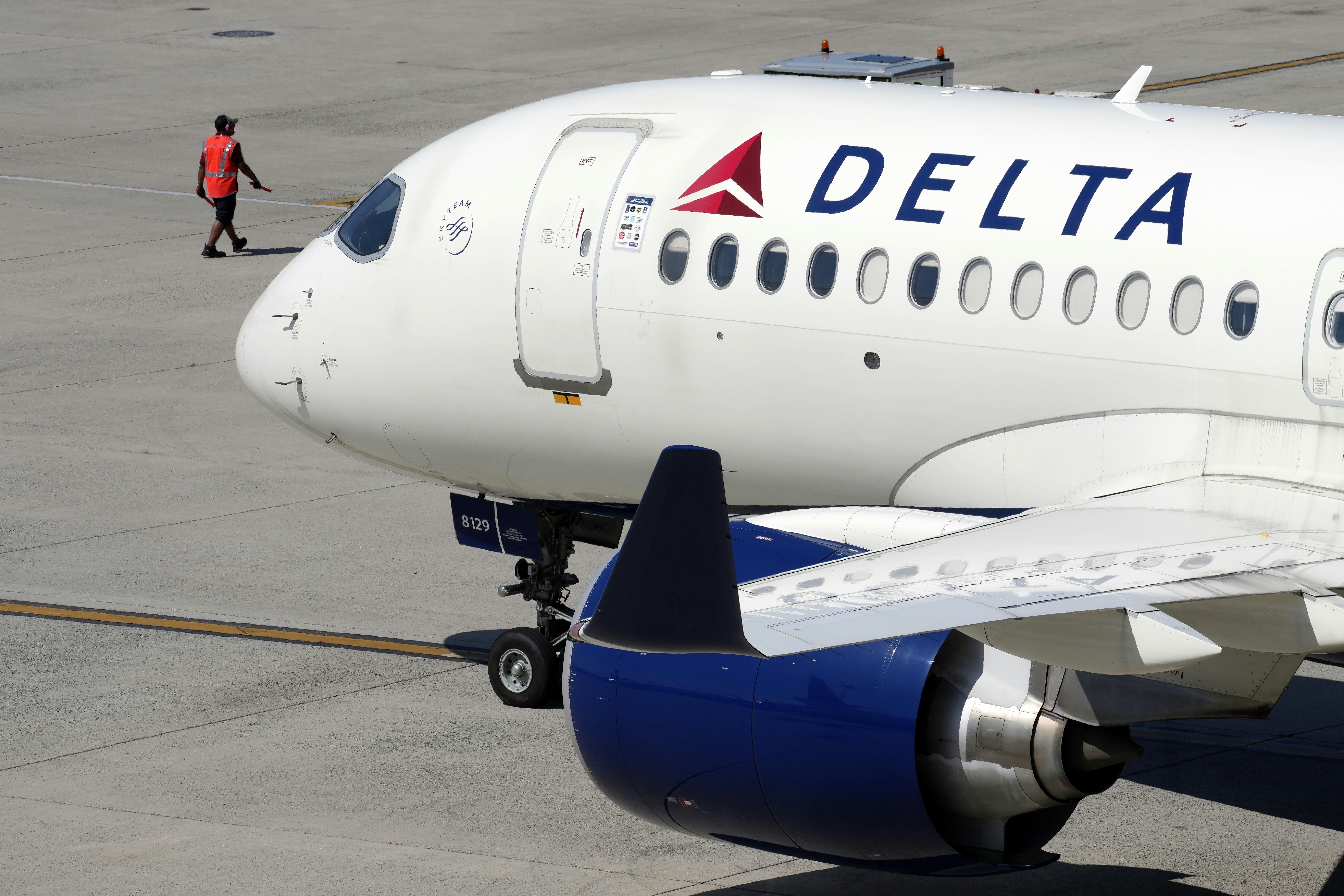
Engine Fire Forces Emergency Return of Delta Flight Shortly After Takeoff
Engine Fire Forces Emergency Return of Delta Flight Shortly After Takeoff
A Delta Air Lines flight en route to Atlanta was compelled to make an emergency return to Los Angeles International Airport on July 18 after one of its engines caught fire shortly after takeoff. The aircraft involved, a Boeing 767 operating as Flight DL446, experienced the in-flight engine fire over the Pacific Ocean, raising renewed concerns about aircraft safety and operational protocols.
In-Flight Emergency and Immediate Response
Dramatic video footage circulating on social media captured flames erupting from the plane’s left engine, eliciting audible reactions from bystanders as the camera focused on the burning engine. The fire occurred soon after departure, prompting the flight crew to declare an emergency with Air Traffic Control (ATC). ATC promptly cleared a return route and alerted emergency services on the ground to prepare for the aircraft’s arrival.
Flight tracking data from Flightradar24 indicates that the Boeing 767 initially climbed over the ocean before executing a U-turn and circling back over the Downey and Paramount areas. Throughout the emergency maneuver, the aircraft maintained controlled altitude and speed. Emergency crews were on standby as the plane landed safely, and the fire was extinguished upon arrival. All passengers and crew disembarked unharmed, with no injuries reported.
The aircraft, a relatively new 2.6-year-old Boeing 767 powered by two General Electric CF6 engines, was towed for a detailed inspection following the incident. Delta Air Lines has launched a comprehensive investigation into the cause of the engine fire in coordination with aviation authorities. The airline emphasized that passenger safety remains its highest priority, and the event has prompted a review of maintenance protocols and operational procedures.
Operational Impact and Industry Repercussions
The emergency landing disrupted Delta’s flight schedule, underscoring the operational challenges airlines face when responding to in-flight emergencies. Aviation regulators are expected to conduct a thorough examination of the circumstances surrounding the engine fire and assess Delta’s response to the incident.
Industry observers and competitors are closely monitoring developments, with some reportedly considering adjustments to their own maintenance and safety checks on similar aircraft models. The incident highlights the critical importance of stringent safety standards and transparent investigations in preserving public confidence in commercial aviation.
Public Reaction and Ongoing Scrutiny
The event has ignited widespread debate on social media, with many users questioning Boeing’s reliability and safety standards. Criticism has been directed at the manufacturer’s leadership and quality control processes, alongside sarcastic commentary on the frequency of such incidents. Calls for greater accountability at the executive level have been voiced, as well as broader concerns regarding the safety of modern aircraft.
As investigations proceed, both Delta and Boeing face increasing pressure to address public concerns and reaffirm their commitment to passenger safety. While all aboard Flight DL446 remain safe, the incident serves as a stark reminder of the ongoing challenges and responsibilities confronting the aviation industry.
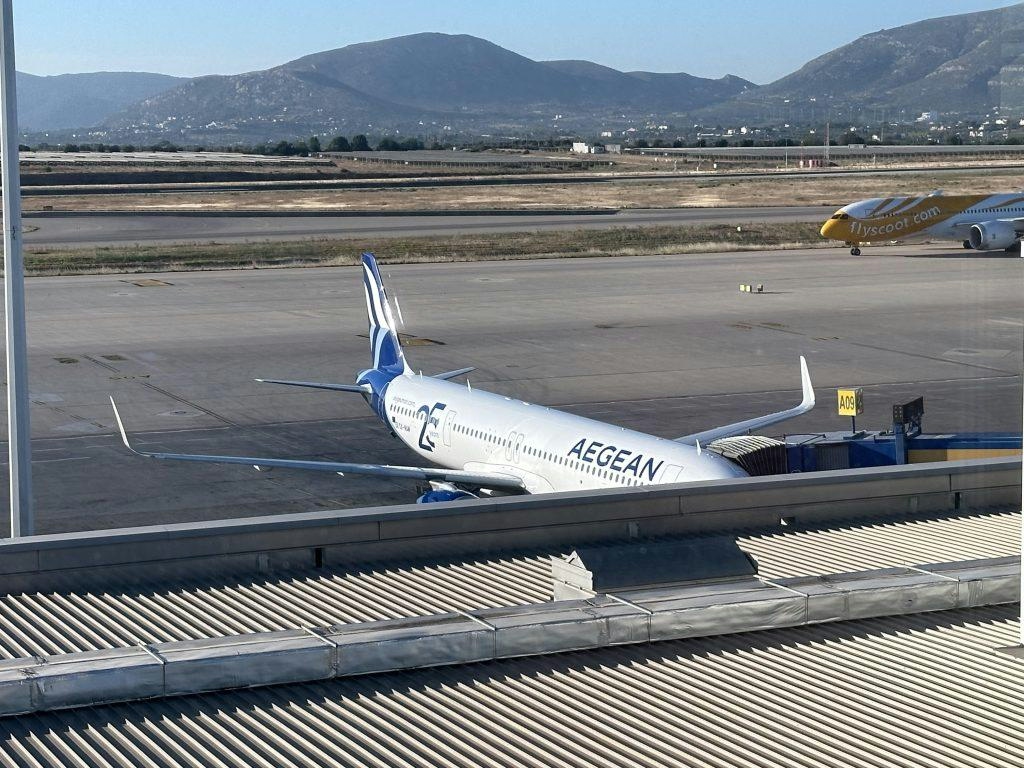
Aegean Airlines Reveals First Long-Haul Routes and Expands Airbus A321neo XLR Fleet
Aegean Airlines Expands Long-Haul Operations with New Airbus A321neo XLR Fleet
Aegean Airlines, a prominent member of the Star Alliance network, is poised to broaden its long-haul capabilities through the acquisition of new Airbus A321neo XLR aircraft. These jets, expected to be delivered between late 2025 and early 2026, will enable the carrier to operate nonstop flights lasting up to 10.5 hours—extending its current range by approximately 2.5 hours compared to the existing A321neo LR models.
Upgraded Passenger Experience
The introduction of the A321neo XLR will bring significant enhancements to Aegean’s onboard product. The business class cabin will feature 24 suites equipped with fully flat seats, direct aisle access, and heightened privacy, aiming to elevate passenger comfort on extended flights. Economy class will also benefit from improvements, including more spacious seating arrangements, advanced 4K entertainment systems, USB power outlets, Wi-Fi connectivity, and increased overhead storage capacity. While the airline has yet to release comprehensive details of the cabin configuration, industry experts anticipate a layout akin to that of JetBlue’s comparable aircraft.
Launching Intercontinental Services to India
Aegean Airlines plans to inaugurate its first intercontinental routes in the spring of 2026, marking a significant milestone in its network expansion. The airline will commence five weekly flights from Athens to New Delhi in March, followed by three weekly services to Mumbai starting in May. Ticket sales for these new routes are expected to begin by the end of September. Looking beyond these initial destinations, Aegean is evaluating further expansion to cities such as Bangalore, the Maldives, and Nairobi, with potential launches slated for 2027 and 2028.
Challenges in a Competitive Market
The airline’s entry into the Indian long-haul market presents a series of regulatory and operational challenges. Navigating India’s complex aviation regulations and managing the logistics of extended services will require careful planning. Moreover, Aegean will confront intense competition from established carriers already serving these routes. Industry observers anticipate close scrutiny of Aegean’s pricing strategies and service quality as it seeks to establish a foothold.
Competitors are likely to respond with strategic initiatives of their own. For instance, Starlux Airlines is expanding its long-haul fleet with Airbus A350-1000 aircraft, while Wizz Air continues to grow its presence in Romania, underscoring the dynamic and competitive environment in the region’s long-haul market.
As Aegean Airlines embarks on this new phase, its ability to deliver a compelling product, effectively manage regulatory complexities, and compete within a crowded marketplace will be critical to the success of its long-haul ambitions.
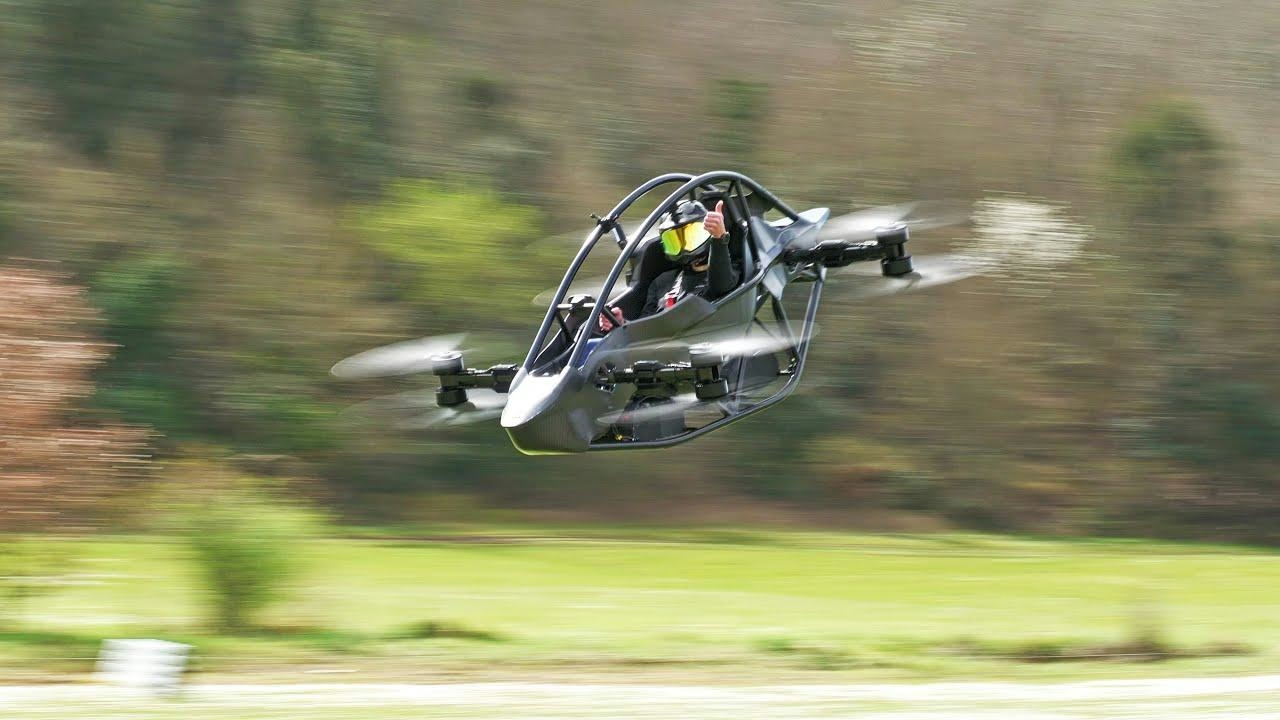
AltoVolo Unveils High-Speed eVTOL Aircraft for Personal Flight
AltoVolo Unveils High-Speed eVTOL Aircraft for Personal Flight
AltoVolo has introduced the Sigma, a hybrid electric vertical takeoff and landing (eVTOL) aircraft designed for personal use, aiming to transform private air travel. The Sigma merges the convenience of vertical takeoff with jet-like speeds, promising a new level of freedom and independence for individual flyers.
Jet Performance with a Compact Design
The Sigma’s design evokes a high-performance concept car rather than a conventional aircraft. Measuring just under 16 feet in width, it is compact enough to fit within a standard two-car garage. Its innovative hybrid-electric propulsion system incorporates a patent-pending tilting electric jet mechanism, allowing the aircraft to take off and land vertically like a helicopter before transitioning to high-speed jet flight. This powertrain combines the immediate torque of batteries with the sustained energy of liquid fuel, enabling a top speed of 290 mph, a cruising speed of 220 mph, and a range of up to 510 miles.
Quiet Operation Suitable for Residential Areas
Noise pollution has long hindered the adoption of urban and residential air mobility. The Sigma addresses this challenge with a noise profile that is over 80% quieter than conventional helicopters. Its takeoff noise is comparable to that of a household dishwasher, registering around 65 to 70 decibels from a distance of 328 feet. This significant reduction in noise could make personal aircraft practical for use in neighborhoods, private estates, or even on yachts, broadening the scope of where personal flight can be integrated into daily life.
Focus on Personal Ownership
Unlike many eVTOL manufacturers such as Joby and Archer Aviation, which primarily target air taxi services and short urban routes, AltoVolo is positioning the Sigma as a personal vehicle. This approach offers users the flexibility to fly on their own schedules, free from the limitations of airports and boarding procedures. By emphasizing individual ownership, AltoVolo distinguishes itself in a rapidly evolving and competitive sector.
Challenges in a Competitive Market
AltoVolo’s vision emerges amid a surge of innovation in advanced air mobility. Established companies like Joby and Archer Aviation have made notable strides—Joby recently completed a nine-hour hydrogen-powered flight, while Archer continues flight trials in Abu Dhabi. Other competitors, including Sora with its 30-passenger eVTOL shuttle and Air One’s dual-role aircraft, illustrate the sector’s dynamic pace and diversity.
Despite this momentum, significant challenges remain. Regulatory approval, integration into existing airspace systems, and the establishment of rigorous safety standards pose considerable hurdles for AltoVolo and its competitors. Market reception is expected to be mixed; while early adopters may be attracted to the Sigma’s promise of personal flight, traditional aviation stakeholders may question its practicality and safety.
The Future of Personal Flight
AltoVolo envisions the Sigma as more than a transportation device—it represents a lifestyle shift, offering a new form of independence in the skies. As the advanced air mobility sector intensifies, the Sigma’s combination of high performance, quiet operation, and personal ownership could influence the future of aviation, contingent on overcoming regulatory and technological challenges.
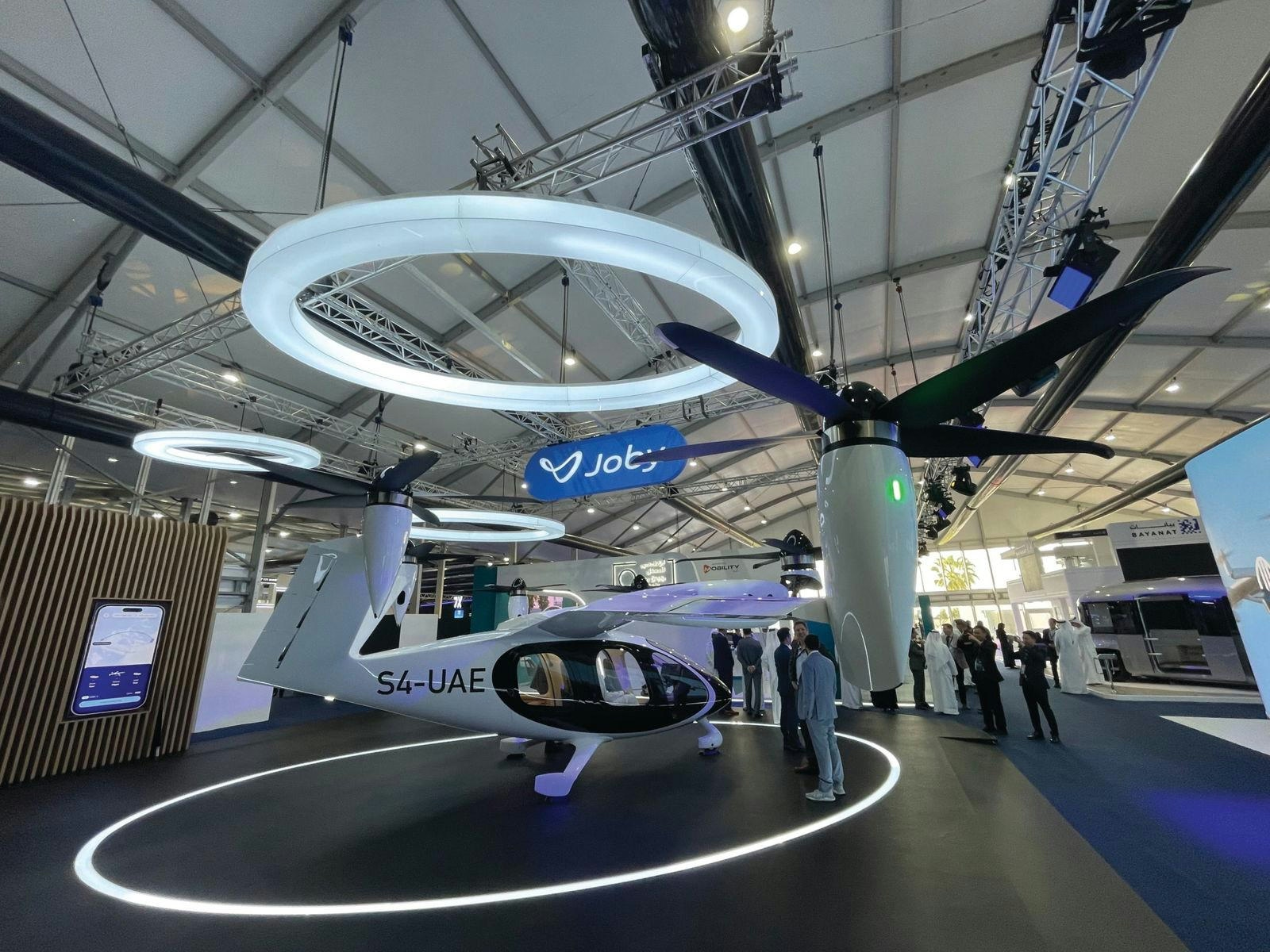
UAE and China Finalize $1 Billion Deal for 350 Flying Taxis
UAE and China Finalize $1 Billion Deal for 350 Flying Taxis
The United Arab Emirates and China have concluded a landmark agreement for the acquisition of 350 E20 electric vertical takeoff and landing (eVTOL) aircraft, valued at approximately $1 billion. This transaction, reported by People’s Daily Online, represents the largest pre-order for eVTOLs in China to date and highlights the accelerating momentum within the global air taxi industry.
Strategic Partnership and Deployment Plans
This agreement builds upon a partnership initiated at the previous year’s China International Import Expo (CIIE). The E20 air taxis, developed domestically in China, will be delivered in multiple batches and are intended for commercial deployment across the Middle East and North Africa. The primary applications targeted include low-altitude tourism and urban air mobility, sectors experiencing rapidly growing demand for innovative transportation solutions.
The E20 model is engineered to carry one pilot and four passengers, with a range of 200 kilometers and a maximum speed of 320 km/h. Its introduction is poised to support the UAE’s ambitions to establish itself as a regional leader in advanced air mobility. This initiative follows recent developments such as Saudi Arabia’s launch of a self-driving air taxi trial during the Hajj season, underscoring the region’s commitment to pioneering new transportation technologies.
Challenges and Industry Context
Despite the promising outlook, the deployment of these flying taxis faces several challenges. Regulatory approval processes, technological integration, and competition from both established and emerging players in the eVTOL sector remain significant obstacles. The deal aligns with a broader global trend, exemplified by recent agreements such as Eve Air Mobility’s preliminary contract for up to 54 electric air taxis with a US start-up, and Joby Aviation’s expansion into Dubai as it advances toward commercial market readiness.
Industry analysts observe that such high-profile agreements are intensifying competition and driving increased investment in eVTOL technology. Companies like Xpeng are demonstrating technological advancements at international forums, including the upcoming 2025 CVPR autonomous driving workshop, while sensor technology providers such as AEye have secured partnerships with major original equipment manufacturers (OEMs).
These developments underscore the growing importance of the eVTOL market as governments and private enterprises worldwide compete to lead the next generation of urban mobility. The UAE-China deal is expected to stimulate further interest in the sector and accelerate the adoption of air taxi technology across key global markets.
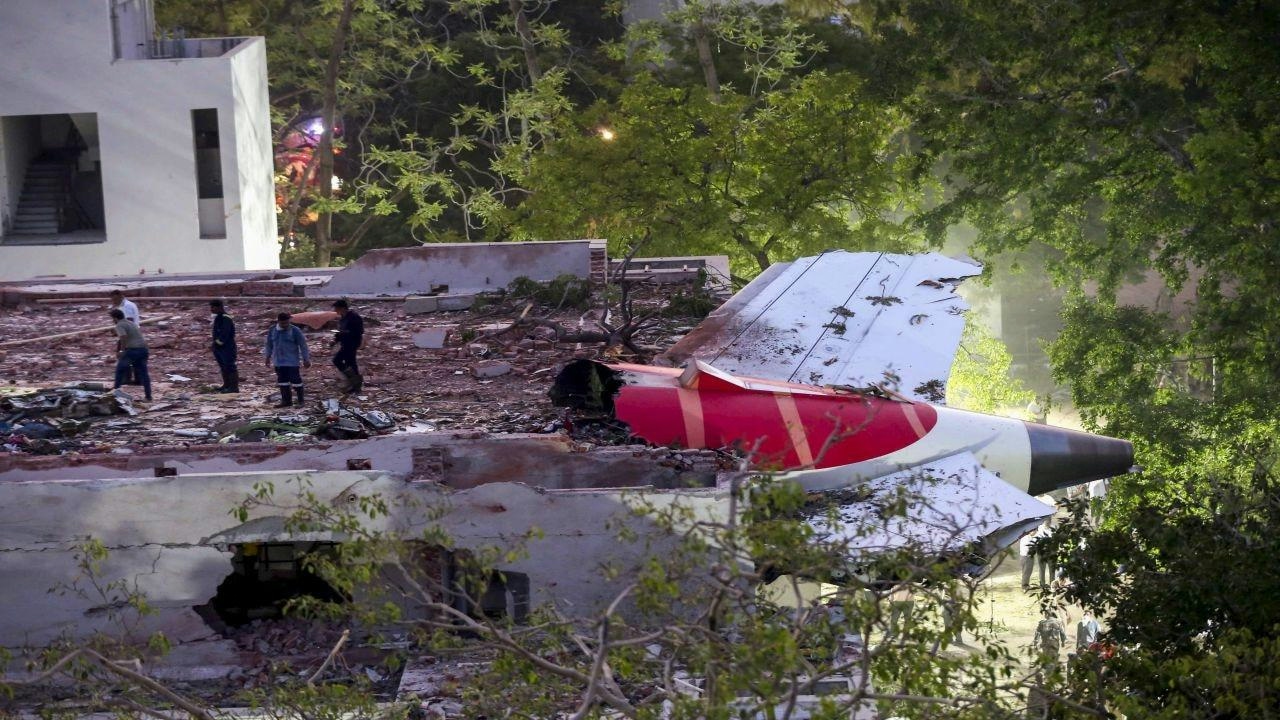
Air India Flight AI-171 Investigation Focuses on Tail Section for Electrical Malfunction Clues
Investigation into Air India Flight AI-171 Focuses on Tail Section Amid Electrical Malfunction Concerns
Authorities investigating the crash of Air India Flight AI-171 on June 12 have concentrated their efforts on the aircraft’s tail section, which is believed to hold vital evidence regarding the incident that occurred just 26 seconds after takeoff from Sardar Vallabhbhai Patel International Airport. Preliminary findings indicate a possible power failure in the main electrical system shortly after liftoff, prompting questions about the Boeing 787-8 Dreamliner’s electrical and fuel systems.
Tail Section Under Detailed Examination
Officials involved in the investigation report that the empennage, or tail assembly, exhibited signs of a contained electrical fire. Unlike the rest of the aircraft, which was extensively damaged by the post-crash explosion, the tail separated during impact and remained relatively intact. Components recovered from this section have been secured in Ahmedabad for thorough analysis. Investigators are exploring whether an electrical malfunction in the tail occurred during takeoff, potentially triggering a cascade of system failures.
The tail houses several critical systems, including the Auxiliary Power Unit (APU), transducers, and rudders. The APU was recovered largely intact, and its function is under close review, particularly since it may have automatically activated during takeoff to augment thrust—a standard procedure in hot weather conditions. Notably, the technical log from the previous flight recorded a Pilot Defect Report concerning a fault with the Stabilizer Position Transducer, another component located in the tail. Although engineers had cleared this issue before departure, investigators are now considering whether a recurrence could have caused an electrical cascade, possibly misleading the Engine Control Unit (ECU) into cutting off the fuel supply.
Black Box Damage and Data Recovery
The Aircraft Accident Investigation Bureau (AAIB) recovered the rear Enhanced Airborne Flight Recorder (EAFR), commonly known as the black box, from the rooftop of a nearby building. However, it sustained extensive thermal damage, rendering conventional data retrieval impossible. The forward black box, found days later amid the debris, provided valuable flight data from six flights, including AI-171, as well as a two-hour cockpit audio recording. While both recorders are designed to withstand extreme conditions, the rear black box depends on the main aircraft power supply, raising concerns that it may have been compromised by an electrical fault prior to the crash.
Fuel System and FADEC Under Scrutiny
The investigation has also focused on the aircraft’s fuel systems and cockpit controls. Data extracted from the black box indicates that both engines were deprived of fuel seconds after takeoff. Investigators are examining whether a sequence of electrical faults led the Full Authority Digital Engine Control (FADEC) system to erroneously shut off the fuel supply, resulting in catastrophic engine failure. The positioning and operation of fuel switches in the cockpit are being closely reviewed, although the Federal Aviation Administration (FAA) and Boeing have affirmed the safety of the fuel switch locks.
Broader Safety and Regulatory Implications
The crash has sparked broader discussions regarding aviation safety and the reliability of aircraft systems. The European Union Aviation Safety Agency is currently investigating Air India Express for failing to comply with a directive to replace certain engine parts and for allegedly falsifying maintenance records. These developments have intensified scrutiny of both airline operational procedures and manufacturer safeguards.
As the investigation progresses, officials stress that unraveling the sequence of electrical and mechanical failures in the tail section will be crucial to determining the root cause of the AI-171 tragedy.
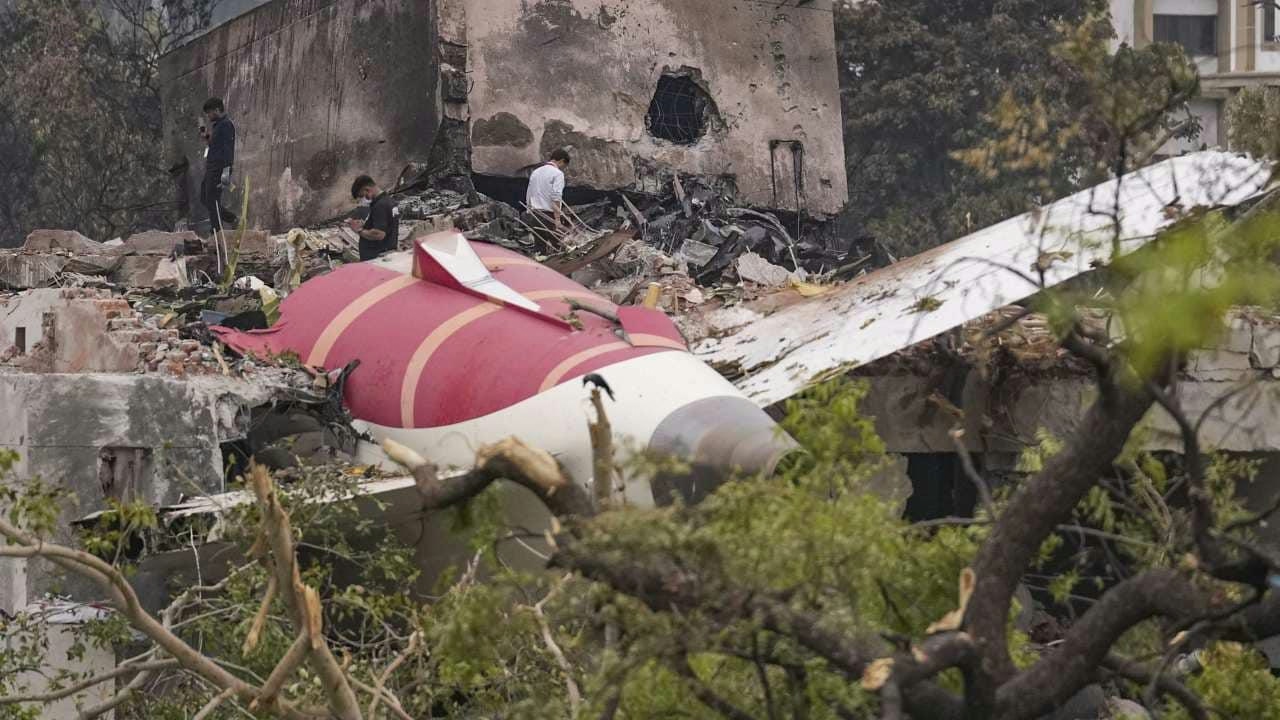
Pilot Federation President Says AI-171 Crash Report Omits Pilot Error
Pilot Federation President Challenges AI-171 Crash Report, Highlights Mechanical Failure Concerns
Disputing Pilot Error Allegations
In the wake of last month’s Air India AI-171 crash in Ahmedabad, Captain CS Randhawa, President of the Federation of Indian Pilots (FIP), has firmly rejected media claims attributing the accident to pilot error. Specifically, he condemned reports suggesting that the flight’s captain deliberately shut off fuel to the engines, describing such allegations as “baseless” and announcing intentions to pursue legal action against the responsible publication.
Captain Randhawa underscored that the preliminary report released by the Aircraft Accident Investigation Bureau (AAIB) does not implicate the pilots in causing the crash. He stressed that the report makes no mention of the fuel control switches being turned off due to pilot mistake. “Nowhere in the report has it been mentioned that the fuel control switch was turned off due to the pilot’s mistake. I condemn the article. They have not read the report properly, and we will take action against them through FIP,” he stated in an interview with ANI.
He further urged the media and public to avoid speculation regarding the AAIB’s findings, cautioning that premature conclusions could erode public confidence in air travel. “We had issued a press statement yesterday that no channel, commentator, or president of any agency should give such an opinion that has no basis. The detailed report will take time; till then, people are giving their own opinions without any basis, which is not right,” Captain Randhawa added.
Mechanical Failure and Investigation Concerns
Highlighting the absence of any official attribution of pilot error in both the AAIB report and statements from the Civil Aviation Minister, Captain Randhawa drew parallels to a 2019 incident involving ANA flight NH985, where both engines shut down during landing without pilot intervention on the fuel control switches. He suggested that the AI-171 crash may be linked to a recurring Throttle Control Malfunction Accommodation (TCMA) issue. “I am quite clear that this is a repetition of the TCMA malfunction, and this needs a thorough investigation. Boeing has not taken any action yet and has not even tried to issue a directive that all these aircraft should be checked for TCMA functions. Secondly, there is not a single pilot in the investigation committee,” he remarked.
The ongoing inquiry has intensified scrutiny of Boeing’s safety protocols, with market analysts noting potential repercussions for investor confidence. Competing airlines have responded by emphasizing their own safety measures and regulatory compliance, aiming to reassure passengers and distinguish themselves from operators of Boeing aircraft. Meanwhile, the Federal Aviation Administration (FAA) and Boeing have maintained that the fuel cutoff switch locks remain safe, even as Air India continues to face investigations into its adherence to safety directives and record-keeping standards.
As the investigation proceeds, industry stakeholders await the AAIB’s final report, which is expected to provide definitive insights into the crash’s root cause and address concerns related to both mechanical failure and operational procedures.
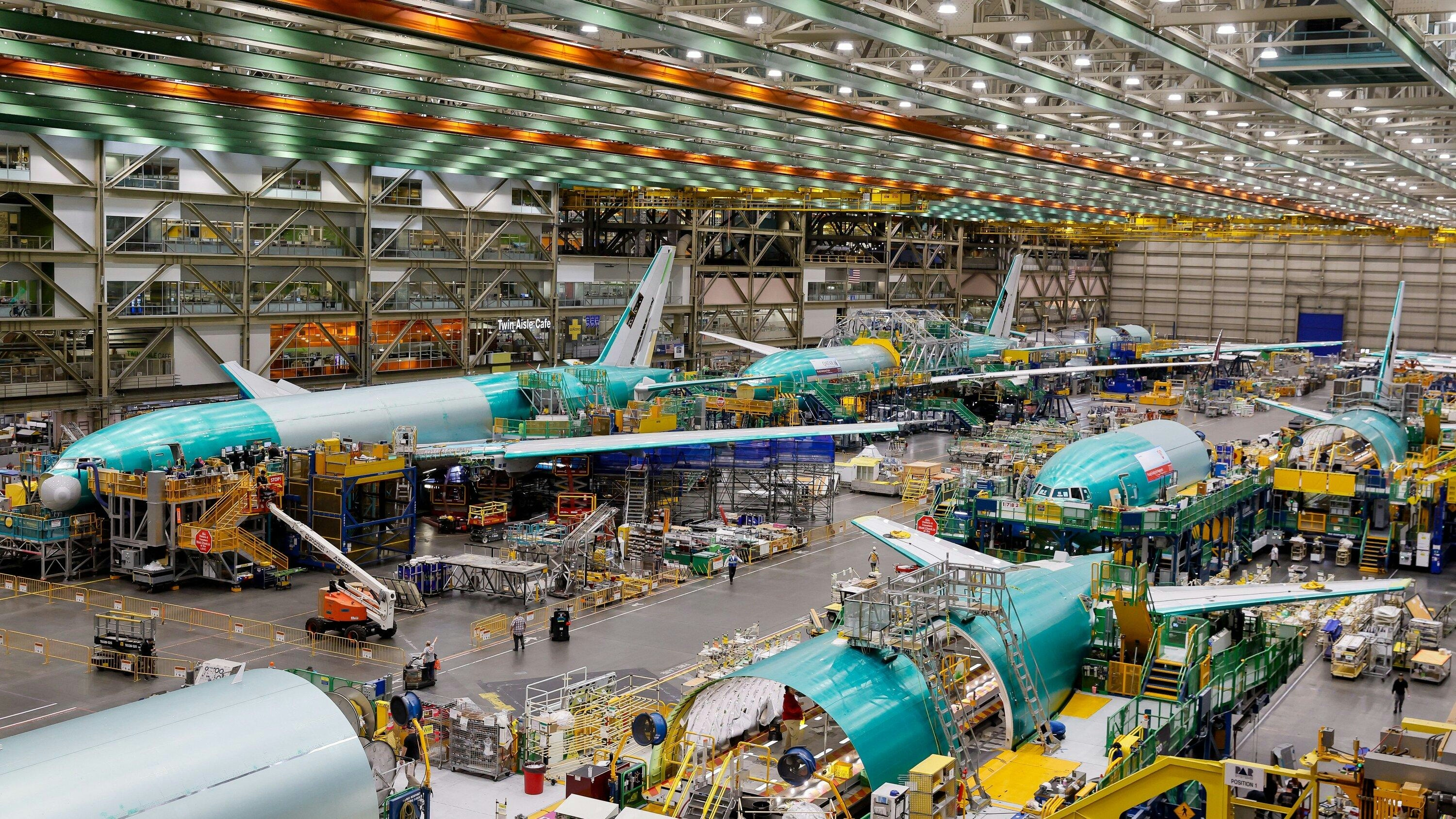
Boeing and Airbus Compete in the 2025 Widebody Aircraft Market
Boeing and Airbus Intensify Rivalry in the 2025 Widebody Aircraft Market
Widebody aircraft continue to serve as the cornerstone of long-haul air travel, facilitating connections between distant cities and continents. In 2025, the competition between Boeing and Airbus within this vital segment has intensified significantly, as both manufacturers strive for market dominance amid evolving industry dynamics and the emergence of new global players.
Surge in Orders Reflects Heightened Competition
Boeing and Airbus have both secured substantial orders for their widebody aircraft families. Boeing’s portfolio includes the 787 Dreamliner, the 777 series—including the forthcoming 777X—and the 767 freighter. Airbus counters with the A330neo and the A350 series. By mid-2025, Boeing had outpaced Airbus in widebody commitments, recording 325 orders compared to Airbus’s 165.
Boeing’s strong performance is largely attributed to several major deals, most notably Qatar Airways’ order for 130 Dreamliners—comprising 75 787-10s and 55 787-9s—alongside 30 777Xs. Additional significant orders came from British Airways and Korean Air, while undisclosed customers contributed 55 more 787-9s. Overall, Boeing logged 242 orders for the 787 Dreamliner, 70 for the 777X, and 13 for the 777F.
Airbus experienced robust demand for its A330neo, which secured 71 firm orders primarily from IAG, Vietjet, Malaysia Airlines, and Saudia. The A350 series achieved 94 gross orders; however, seven cancellations of the A350F variant reduced net orders to 87. Of these, 74 were for passenger models—12 A350-900s and 62 A350-1000s—with 18 orders for the A350F freighter.
Market Dynamics and Emerging Challenges
While Boeing and Airbus remain the dominant forces in the widebody market, emerging manufacturers such as China’s Comac are beginning to make their presence felt. Despite this, Comac’s international influence remains limited, with its primary success expected within China’s domestic aviation sector.
Airline strategies are also reshaping the competitive landscape. Alaska Airlines, for instance, is expanding its Boeing 787 fleet and establishing Seattle as a widebody hub, signaling a strategic shift among U.S. carriers. Concurrently, Airbus is concentrating on ramping up production rates for its next-generation narrowbody aircraft, a development that could have implications for the widebody market as manufacturing efficiencies improve.
Industry Events and Market Sentiment
The Paris Air Show 2025 has heightened industry focus, featuring major announcements and expert analyses that are influencing market sentiment. Both Boeing and Airbus face scrutiny regarding their ability to maintain reliable production and delivery schedules—a critical factor for sustaining customer confidence and securing future orders. Boeing, in particular, has encountered recent challenges in this area, underscoring the importance of timely deliveries.
Outlook
As the latter half of 2025 progresses, Boeing maintains a clear lead in widebody orders, yet Airbus remains a formidable competitor with a strong product range and strategic manufacturing initiatives. The competitive environment continues to evolve, shaped by new entrants and shifting airline strategies, ensuring that the widebody aircraft market will remain dynamic and closely monitored throughout the year.
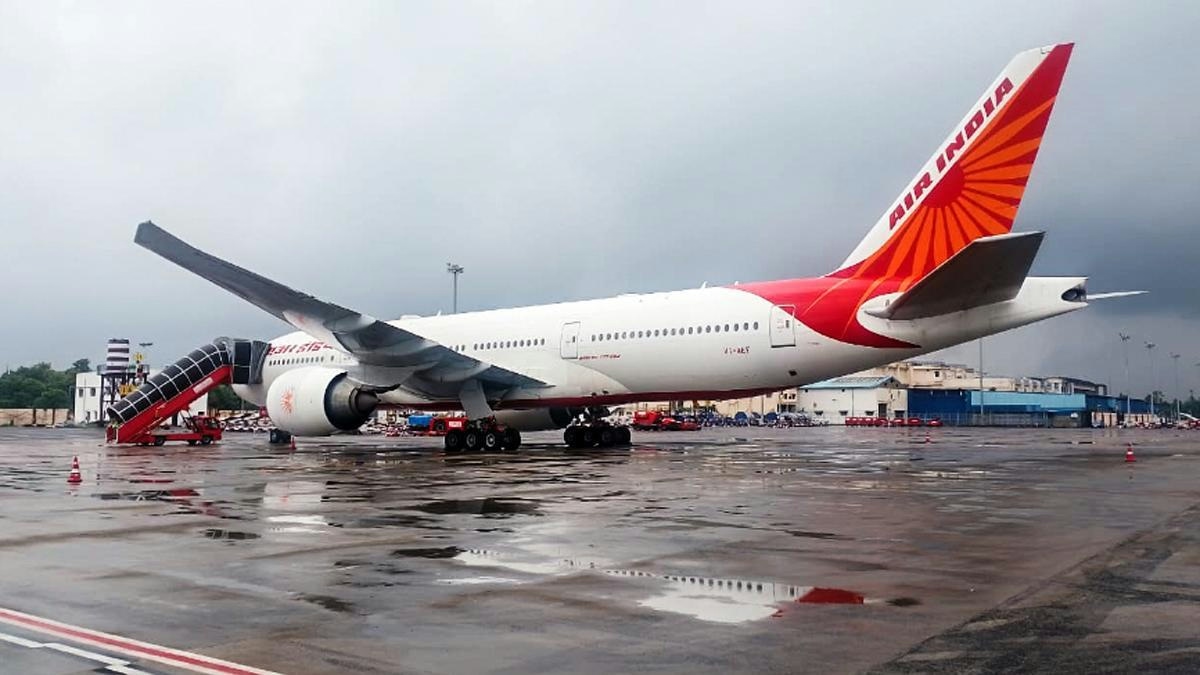
Air India Completes Fuel Switch Inspection, Finds No Issues
Air India Completes Fuel Switch Inspection, Finds No Issues
Air India has concluded precautionary inspections of the Fuel Control Switch (FCS) locking mechanisms across its entire fleet of Boeing 787 and Boeing 737 aircraft, reporting no faults. These inspections, which also encompassed the Boeing 737s operated by its low-cost subsidiary Air India Express, were carried out in response to a directive from the Directorate General of Civil Aviation (DGCA). The order followed a recent fatal crash involving a Boeing 787-8 Dreamliner.
Regulatory Response to the Ahmedabad Crash
The DGCA mandated that all Indian carriers complete inspections of the fuel switch locking systems on their Boeing 787 and 737 aircraft by July 21. This directive came after preliminary findings from the Aircraft Accident Investigation Bureau (AAIB) indicated that the fuel switches had been cut off prior to the Air India crash last month. On June 12, Air India flight AI 171, a Boeing 787-8, crashed shortly after takeoff from Ahmedabad en route to London Gatwick, resulting in the deaths of 241 of the 242 people onboard, as well as 19 fatalities on the ground.
Air India stated on Tuesday that no issues were found with the locking mechanisms during the inspections. The airline also noted that it had voluntarily initiated these checks on July 12, ahead of the regulator’s deadline, and completed them within the prescribed timeframe.
Technical Concerns and Broader Industry Impact
The fuel control switches are critical components that regulate the flow of fuel to the aircraft engines. According to the AAIB’s preliminary report, fuel supply to both engines was cut off within one second, causing confusion in the cockpit. Cockpit voice recordings revealed one pilot questioning the other about the fuel cutoff, with both denying responsibility.
The scrutiny of Boeing aircraft safety has extended beyond India. South Korean aviation authorities have also ordered inspections of fuel switches on Boeing jets following the crash. Meanwhile, Germany’s Lufthansa Group conducted re-inspections of its Boeing 787 fleet and similarly reported no faults. These findings, alongside Air India’s results, may help to alleviate some concerns regarding the safety of Boeing aircraft, although market reactions and competitor responses remain uncertain.
Fleet Composition and Historical Context
Several other Indian carriers, including IndiGo, SpiceJet, and Akasa Air, operate Boeing 737 and 787 aircraft. Indian airlines collectively operate over 150 Boeing 737 and 787 jets. Air India’s fleet includes 33 wide-body Boeing 787s, while Air India Express operates approximately 75 narrow-body Boeing 737s. IndiGo’s fleet features seven Boeing 737 MAX 8 and one Boeing 787-9, with Akasa Air and SpiceJet also maintaining Boeing 737 aircraft.
Concerns regarding the FCS locking mechanism are not new. The U.S. Federal Aviation Administration (FAA) first identified potential disengagement issues in 2018 affecting certain Boeing models, including the 787 and 737.
With the completion of these inspections and no issues detected, Air India and its subsidiary have fulfilled regulatory requirements and sought to reassure passengers and stakeholders about the safety of their Boeing fleets.
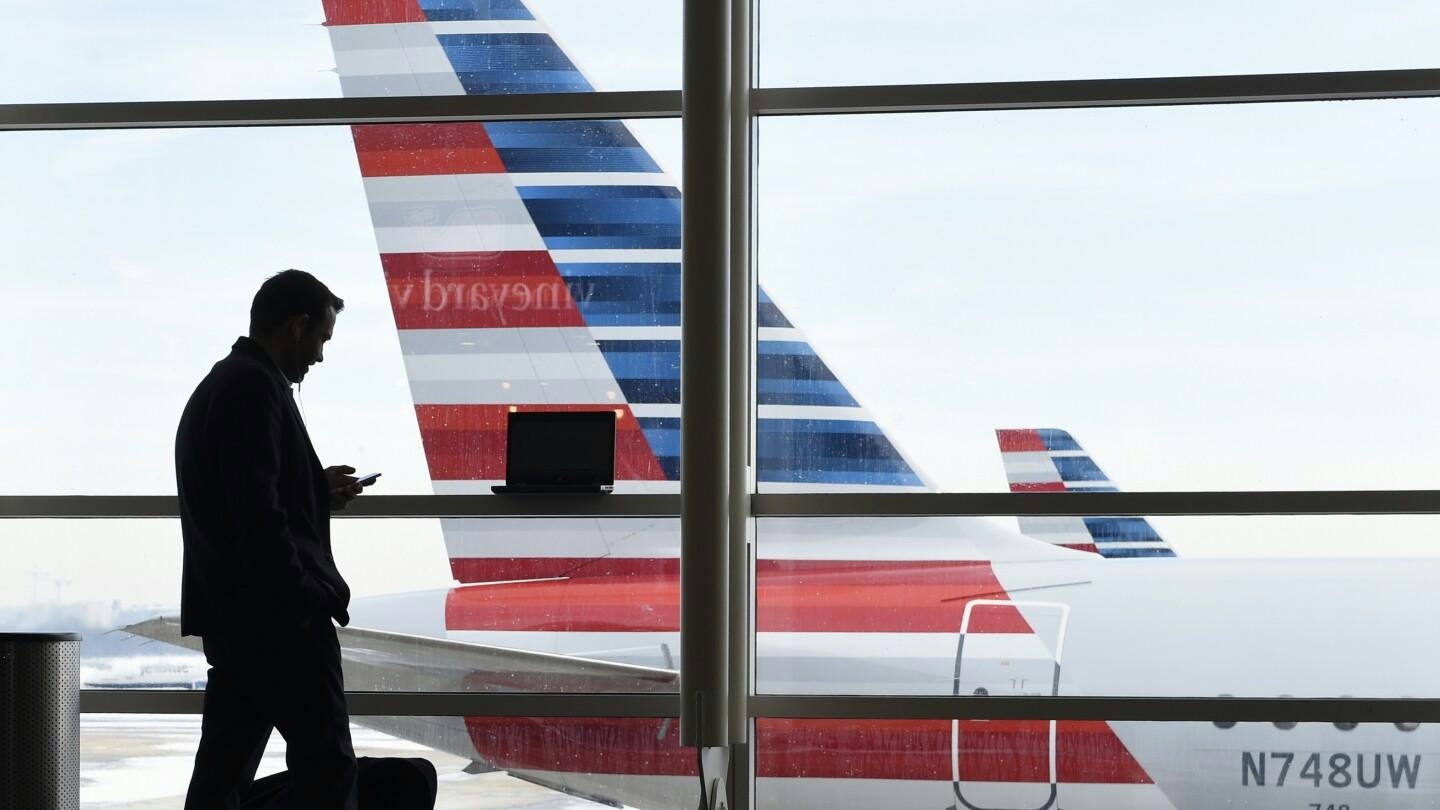
American Airlines Uses AI to Digitally Transform Travel
American Airlines Advances Digital Transformation Through Artificial Intelligence
American Airlines is intensifying its adoption of artificial intelligence (AI) to enhance passenger experience and streamline operations. Central to this effort is the integration of generative AI within its redesigned mobile application and internal systems, introducing capabilities such as real-time travel updates, AI-assisted rebooking during weather disruptions, and predictive analytics to identify travelers at risk of missing connecting flights. In some cases, this technology enables the airline to hold departing flights to accommodate delayed passengers, underscoring a commitment to minimizing travel disruptions.
Responsible AI Deployment and Operational Enhancements
Ganesh Jayaram, Chief Digital and Information Officer at American Airlines, highlighted the importance of establishing a comprehensive governance framework prior to deploying AI technologies. Over the past year, the airline has focused on implementing stringent privacy controls and safeguards to ensure responsible use of AI. Following this groundwork, generative AI was incorporated into the customer-facing chatbot, allowing travelers to efficiently rebook flights and explore alternative routes during service interruptions.
On the operational front, AI-driven predictive tools are employed to assess the likelihood of missed connections at major hubs. This capability supports real-time decision-making, such as delaying flights to better accommodate affected passengers and maintain schedule integrity. These innovations address persistent challenges within the airline industry, where nearly 25% of U.S. commercial flights experienced delays of 15 minutes or more last year, according to aviation data provider OAG. While weather remains a significant factor, OAG attributes 30% of delays to airline and airport inefficiencies and another 30% to aging air traffic control infrastructure.
Strategic Investment and Industry Competition
American Airlines’ AI initiatives form part of a broader digital reengineering strategy launched last year, which included a 20% increase in its technology budget and the recruitment of specialists from diverse industries to modernize workflows. The airline’s digital transformation focuses on enhancing operational resilience, achieving engineering excellence, and modernizing its technology stack to improve productivity.
However, the airline’s AI ambitions unfold amid intense competition for skilled talent. Major travel companies such as Royal Caribbean, Universal Orlando, and Marriott are similarly investing heavily in AI capabilities and talent acquisition, creating a competitive market for expertise that is both scarce and in high demand. This environment may elevate costs and complicate integration efforts, even as it drives rapid innovation across the sector.
Market responses to American Airlines’ AI-driven transformation remain mixed. Some investors express optimism regarding the potential for growth and operational efficiencies, while others voice caution over the substantial costs and complexities associated with large-scale technology adoption. Competitors are expected to accelerate their own AI investments and talent recruitment to maintain competitiveness in the evolving digital travel landscape.
As American Airlines continues to expand its AI capabilities, the airline seeks to establish a new benchmark for digital transformation in the travel industry, balancing technological innovation with responsible governance and a strong focus on customer experience.
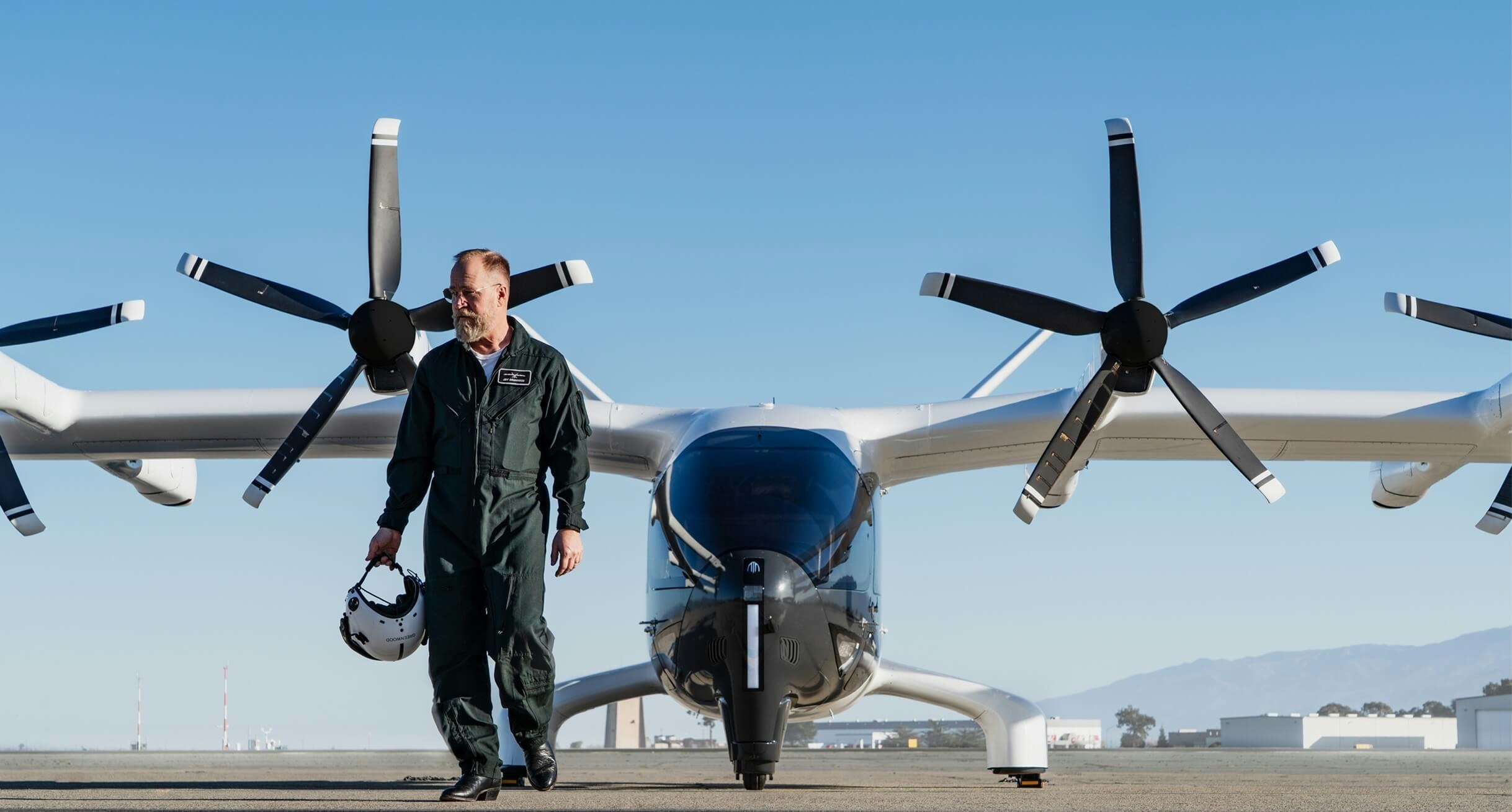
Archer Expands Hiring Ahead of Saudi Flying Taxi Launch
Archer Expands Hiring Ahead of Saudi Flying Taxi Launch
Archer Aviation, the US-listed electric vertical take-off and landing (eVTOL) company supported by Boeing and United Airlines, is accelerating its recruitment efforts in Saudi Arabia amid the kingdom’s intensified push to establish commercial flying taxi services in the Gulf. This move reflects Saudi Arabia’s ambition to rival the United Arab Emirates in the emerging urban air mobility sector.
Strategic Expansion in Saudi Arabia
The California-based firm is actively seeking a general manager to act as its senior-most representative in Saudi Arabia, according to a recent job advertisement. This key position will be responsible for navigating regulatory approvals, cultivating local partnerships, and managing the commercial deployment of Archer’s air taxi operations in Riyadh. The company’s expansion aligns with Saudi Arabia’s broader strategy to fast-track its eVTOL initiatives, following Archer’s substantial investment agreement with the Abu Dhabi Investment Office earlier this year.
Archer’s entry into the Saudi market comes at a time when its competitor, Volocopter, has encountered significant setbacks. Volocopter, which had been designated as the exclusive air taxi provider for Saudi Arabia’s high-profile Neom giga-project and received a $175 million investment from Neom in 2022, filed for insolvency late last year. Subsequently acquired by China’s Wanfeng Group, Volocopter’s restructuring and delays have opened a window of opportunity for Archer to strengthen its regional presence.
The Neom project itself, a $500 billion cornerstone of Crown Prince Mohammed Bin Salman’s Vision 2030, has faced challenges including budget cuts and a strategic reassessment of its ambitious 105-mile linear city, The Line. These difficulties stem from a growing national budget deficit and rising debt levels, adding complexity to the kingdom’s futuristic urban development plans.
Progress and Challenges in the Gulf eVTOL Market
Archer aims to commence its first commercial air taxi services in the UAE as early as 2026. In Abu Dhabi, the company is also recruiting a deputy general manager and a head of international infrastructure to oversee the development of vertiports, essential hubs for eVTOL operations. The company recently initiated test flights in Abu Dhabi, with CEO Adam Goldstein highlighting the importance of operating in the region’s extreme summer conditions to gather critical data for both commercial deployment and certification processes in the UAE and the United States.
Despite Archer’s forward momentum, the global eVTOL industry remains nascent and faces considerable challenges, including safety certification, regulatory approval, and the establishment of necessary infrastructure. The Gulf region, however, offers a comparatively expedited path to market due to centralized regulatory frameworks, state-controlled airspace, and government-led investments aligned with broader economic diversification goals.
Archer also contends with competition from other eVTOL developers, notably Joby Aviation, which has recently conducted test flights in Dubai and is actively pursuing strategic partnerships within the region. Industry observers are closely monitoring investor responses to Archer’s advancements in Abu Dhabi, as well as the competitive dynamics shaped by Joby and other players in the emerging flying taxi market.
As Saudi Arabia and the UAE vie to become leaders in urban air mobility, Archer’s expansion underscores the growing momentum and intensifying competition shaping the Gulf’s evolving flying taxi landscape.
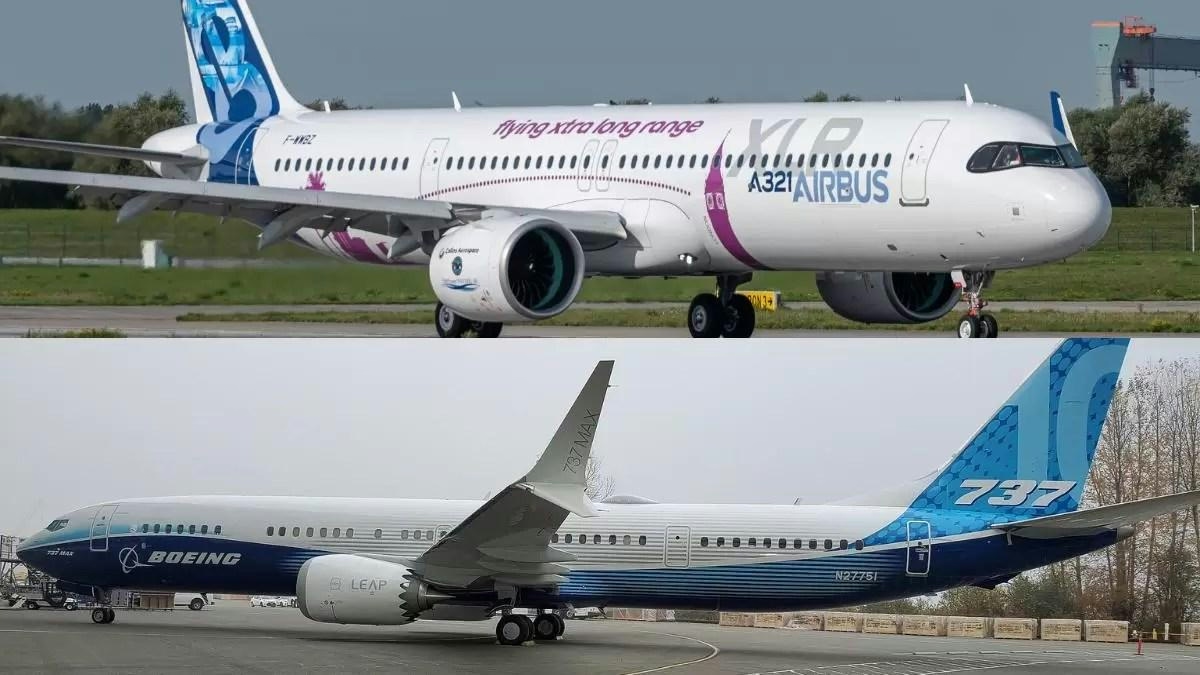
Fuel Efficiency Comparison: Boeing 737 MAX and Airbus A320neo
Fuel Efficiency Comparison: Boeing 737 MAX and Airbus A320neo
The Boeing 737 MAX and Airbus A320neo families continue to dominate the narrowbody commercial airliner market, with airlines paying close attention to their fuel efficiency and operational costs. Among these two, the Airbus A320neo is generally regarded as having a modest advantage in fuel efficiency, a factor that has bolstered its widespread adoption by carriers around the globe.
Engine Technologies and Performance
Both aircraft families are equipped with advanced turbofan engines, though their configurations differ. The Boeing 737 MAX exclusively utilizes the CFM International LEAP-1B engine, whereas the Airbus A320neo offers operators a choice between the CFM International LEAP-1A and the Pratt & Whitney PW1100G-JM. While the LEAP-1A and LEAP-1B share core technological features, they exhibit notable distinctions. The LEAP-1A, powering the A320neo, delivers thrust up to 35,000 pounds-force, compared to the LEAP-1B’s 28,000 pounds-force. It also boasts a higher bypass ratio of 11:1 versus 8.6:1 and slightly different pressure ratios, factors that contribute to its marginally superior fuel efficiency.
The physical design of these engines reflects the airframe constraints of their respective aircraft. The 737 MAX, derived from a 1960s airframe with a lower ground clearance, requires the LEAP-1B to have a flattened underside to maintain adequate clearance. In contrast, the A320neo’s LEAP-1A is larger, measuring 11 feet in length and weighing approximately 6,631 pounds, compared to the LEAP-1B’s 10.3 feet and 6,128 pounds.
Industry experts, including MTU Aero Engines, generally consider the LEAP-1A to be more efficient and potentially less costly to maintain than the PW1100G-JM. However, the differences remain marginal, and both engines enjoy strong popularity among airlines. The slight edge in efficiency and operational costs has made the LEAP-1A the preferred choice for many A320neo operators, although the PW1100G-JM continues to maintain significant market share.
Certification Status and Market Developments
As of mid-2025, only the Boeing 737 MAX 8 and MAX 9 variants have received FAA type certification, with the MAX 7 and MAX 10 still pending approval. Meanwhile, Airbus is reportedly progressing on the development of a next-generation single-aisle aircraft intended to eventually succeed the A320 family, underscoring ongoing innovation within the sector.
Both manufacturers face emerging challenges from new entrants and evolving market dynamics. Innovative designs such as the Natilus Horizon blended-wing-body airliner could introduce alternative configurations that reshape the competitive landscape. Airlines are also increasingly factoring in maintenance costs and exploring new engine leasing models, exemplified by recent partnerships like that between Air France Industries KLM Engineering & Maintenance and AerCap. Additionally, China’s Comac C919 offers a comparable product, though its market penetration remains limited.
External influences may also affect the competitive balance. Boeing’s involvement in high-profile projects such as NASA’s Artemis program could impact its corporate focus and stock performance, indirectly influencing its position relative to Airbus.
While the Airbus A320neo’s LEAP-1A engine currently holds a slight advantage in fuel efficiency, the competition between these narrowbody aircraft remains close. Ongoing technological advancements and strategic market developments will continue to shape the future trajectory of this critical segment in commercial aviation.
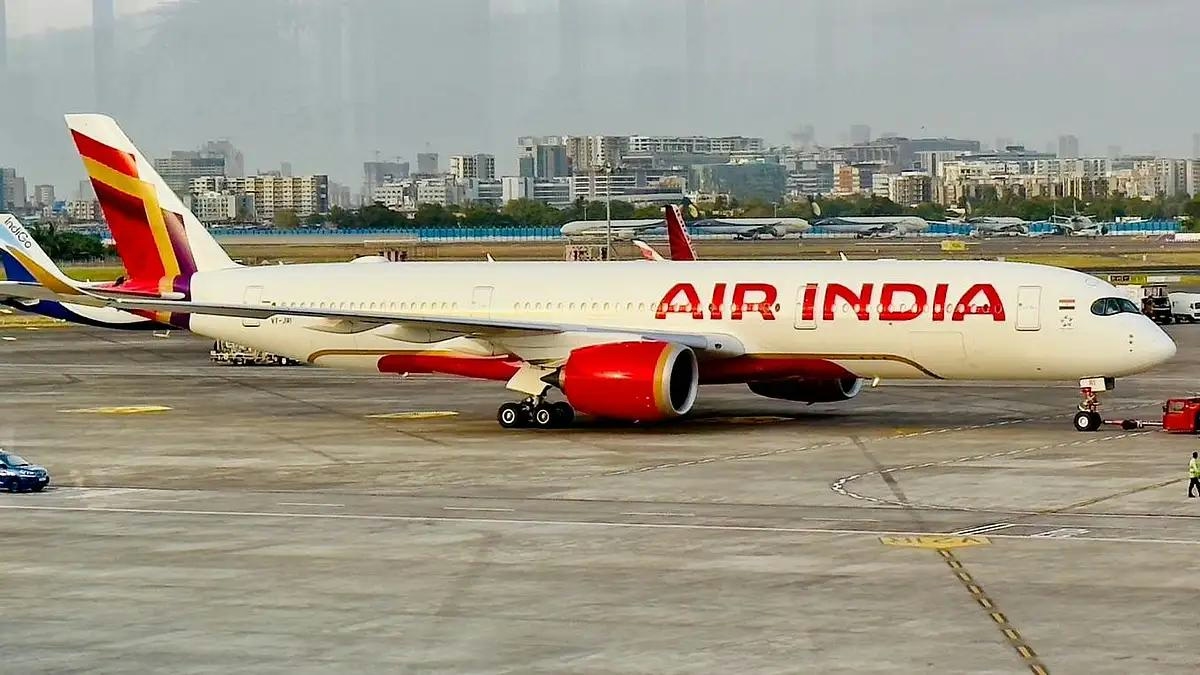
Air India Flight’s Auxiliary Power Unit Catches Fire After Landing in Delhi; Passengers and Crew Safe
Air India Flight’s Auxiliary Power Unit Catches Fire After Landing in Delhi
An Air India flight arriving from Hong Kong experienced a fire in its auxiliary power unit (APU) shortly after landing at Indira Gandhi International Airport in Delhi on the morning of Tuesday, July 22. The incident involved Flight AI 315 and occurred while the aircraft was parked at the gate, with passengers already beginning to disembark. Fortunately, all passengers and crew members evacuated safely, and no injuries were reported.
Incident Details and Immediate Response
According to an official statement from Air India, the APU—which supplies power to the aircraft when the main engines are shut down—caught fire soon after arrival. The system responded as designed, automatically shutting down the APU, and emergency protocols were promptly activated. An Air India spokesperson confirmed that although the aircraft sustained some damage, everyone on board remained safe. The aircraft has since been grounded pending a thorough investigation.
Delhi International Airport Limited (DIAL) reported that the fire was swiftly extinguished, with emergency teams on standby throughout the incident. Authorities have initiated an inquiry to determine the cause of the fire. The Directorate General of Civil Aviation (DGCA) has been notified and is expected to provide further updates as the investigation unfolds.
Implications and Industry Context
The incident raises several challenges for Air India and aviation regulators, including identifying the technical cause of the APU fire and ensuring compliance with safety regulations. Addressing passenger and crew concerns remains a priority, alongside maintaining public confidence in the airline’s operational safety. The event is likely to attract scrutiny from aviation safety authorities and may lead to insurance claims related to the aircraft damage.
Industry analysts observe that competing airlines might leverage the incident to emphasize their own safety records, particularly in the wake of recent high-profile events such as the Delta flight engine fire. Comparisons to similar occurrences are expected as airlines and regulators review and potentially revise safety protocols.
Recent investigations into a separate Air India crash found no issues related to fuel, mechanical systems, or pilot error, underscoring the ongoing focus on technical and procedural reviews within the airline and regulatory bodies. Air India has reiterated its commitment to passenger safety and transparency throughout the investigation process.
Further updates from the DGCA and Air India are anticipated as the inquiry progresses.

AI's Impact on the Aviation Industry in 2025
AI's Transformative Role in Aviation by 2025
The aviation industry is on the cusp of profound change in 2025, driven by the increasing integration of agentic artificial intelligence (AI) and hyper-personalisation into airline operations. Agentic AI—advanced systems capable of independently detecting, analysing, and acting with minimal human input—is anticipated to fundamentally alter workplace dynamics, according to Surain Adyanthaya of airline retailing consultancy PROS.
Airlines have already begun deploying AI agents to autonomously manage seat availability in response to fluctuating demand, repackage offers with ancillary services, and promptly rebook passengers or provide compensation during flight disruptions. These innovations are significantly reducing manual workloads and enhancing operational efficiency. Concurrently, the industry is accelerating its focus on personalised customer experiences. AI now analyses individual traveller data, including purchase history, loyalty status, and online behaviour, to craft highly relevant bundles and offers. Dynamic travel itineraries, real-time recommendations, and proactive engagement throughout the passenger journey are rapidly becoming standard practice.
Delta Air Lines exemplifies this shift, targeting the management of 20% of its fares through AI by the end of 2025. This initiative aims to tailor pricing strategies to align with each customer’s willingness to pay, underscoring the growing emphasis on hyper-personalisation within the sector.
Challenges and Competitive Pressures
Despite the promising advancements, the swift adoption of AI introduces significant challenges, particularly in cybersecurity. Recent incidents such as the WestJet cyberattack have exposed vulnerabilities within airline systems and operations, highlighting the critical need for robust data protection and operational resilience. As airlines deepen their reliance on AI, safeguarding sensitive information and ensuring uninterrupted service will become paramount concerns.
The competitive landscape is also evolving. While some carriers are spearheading AI integration, others risk falling behind, potentially losing market share. This dynamic is prompting increased investment in AI technologies across the industry as airlines strive to maintain a competitive edge. However, widespread adoption of similar AI capabilities may intensify competition, potentially leading to price reductions and tighter profit margins throughout the sector.
Industry leaders emphasize that, despite AI’s transformative potential, human oversight remains indispensable. Striking a balance between automation and human judgment is essential to uphold safety standards and operational effectiveness as the industry navigates this technological transition.
As 2025 approaches, the aviation sector faces a pivotal moment—embracing AI-driven innovation while managing emerging risks and competitive challenges. The coming year will test airlines’ capacity to leverage AI’s benefits without compromising security, profitability, or the essential human element of air travel.
Ask AeroGenie